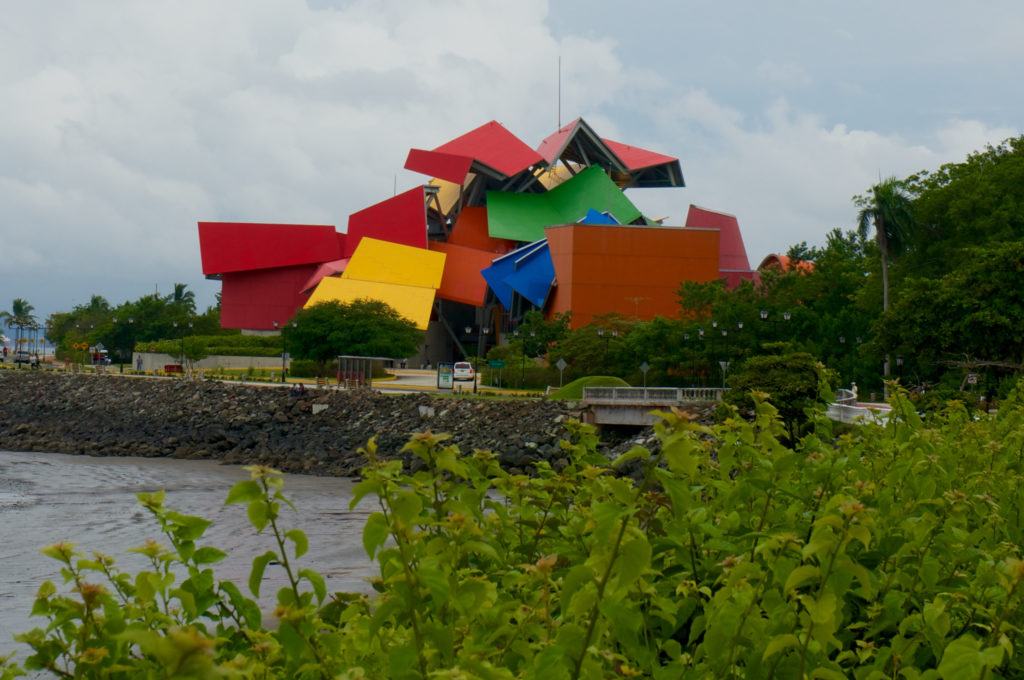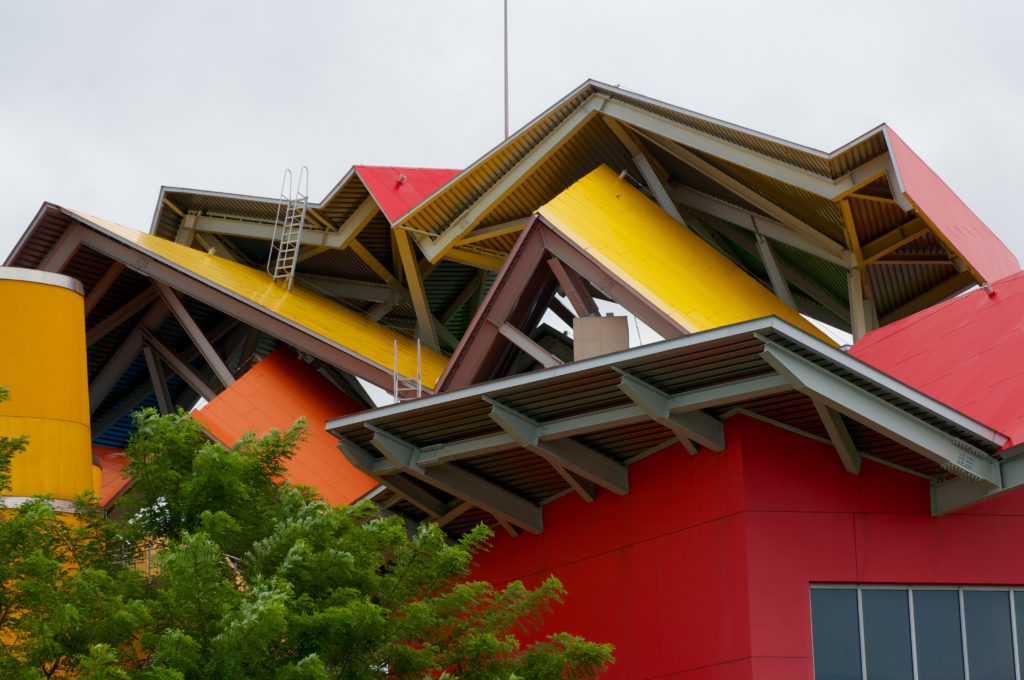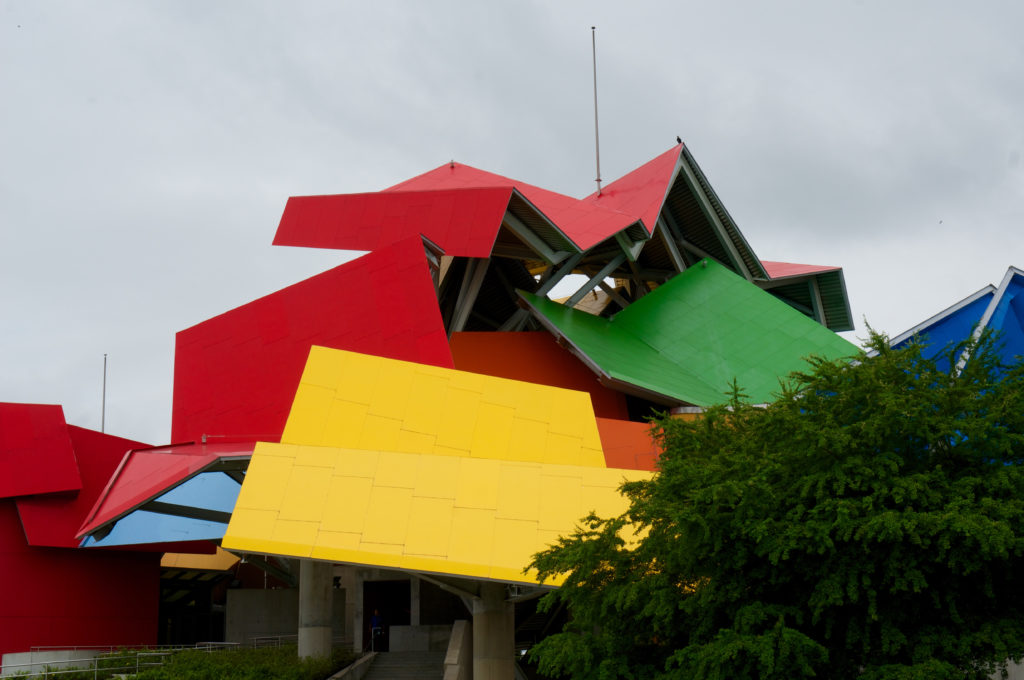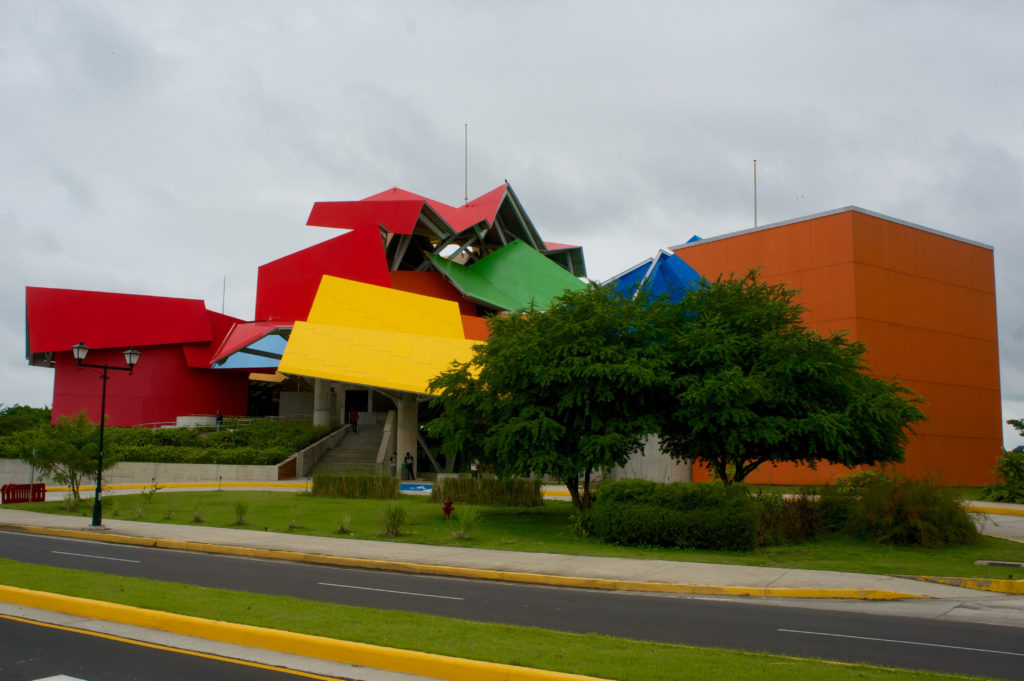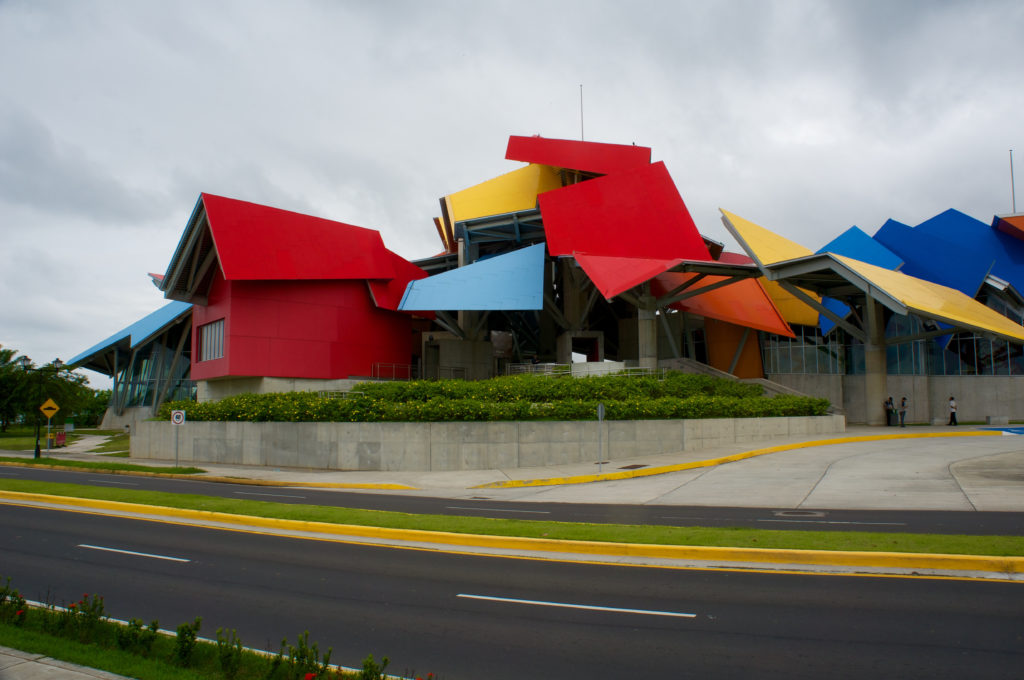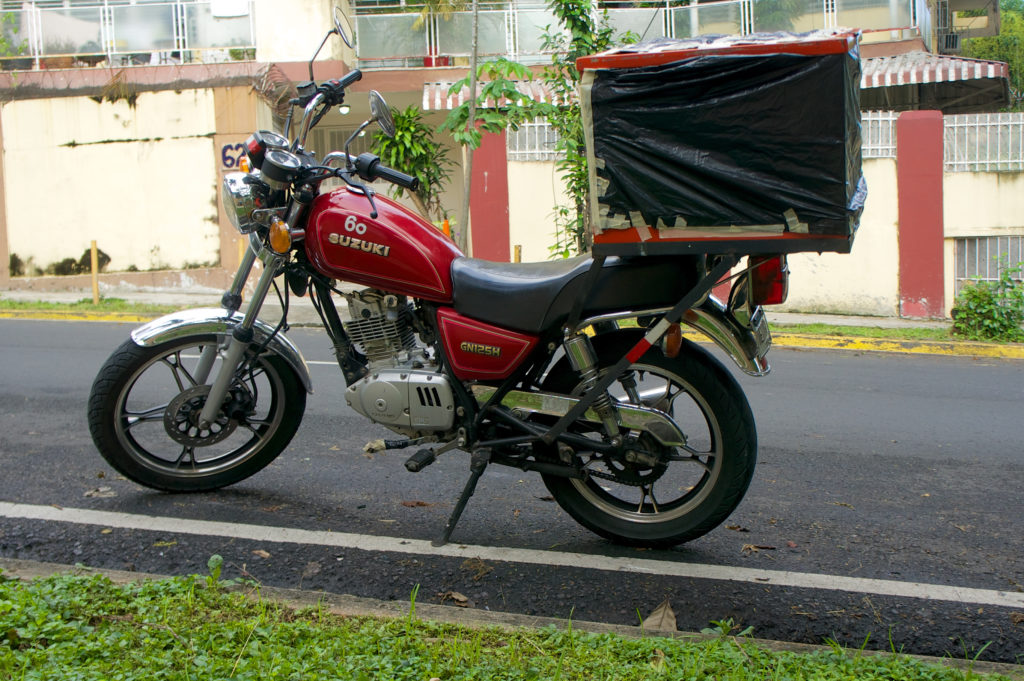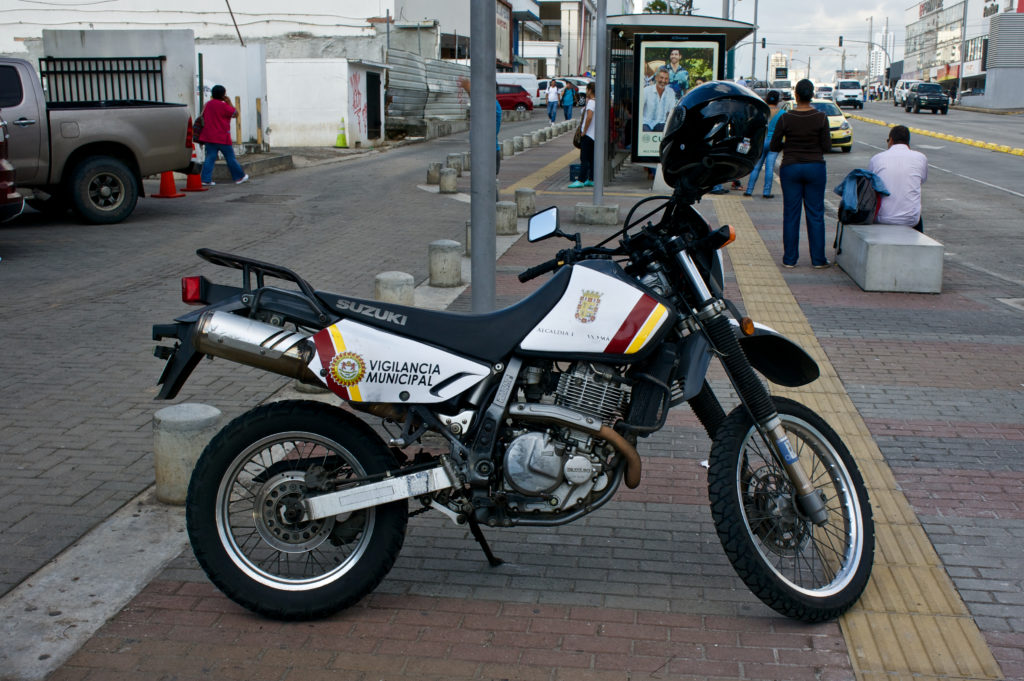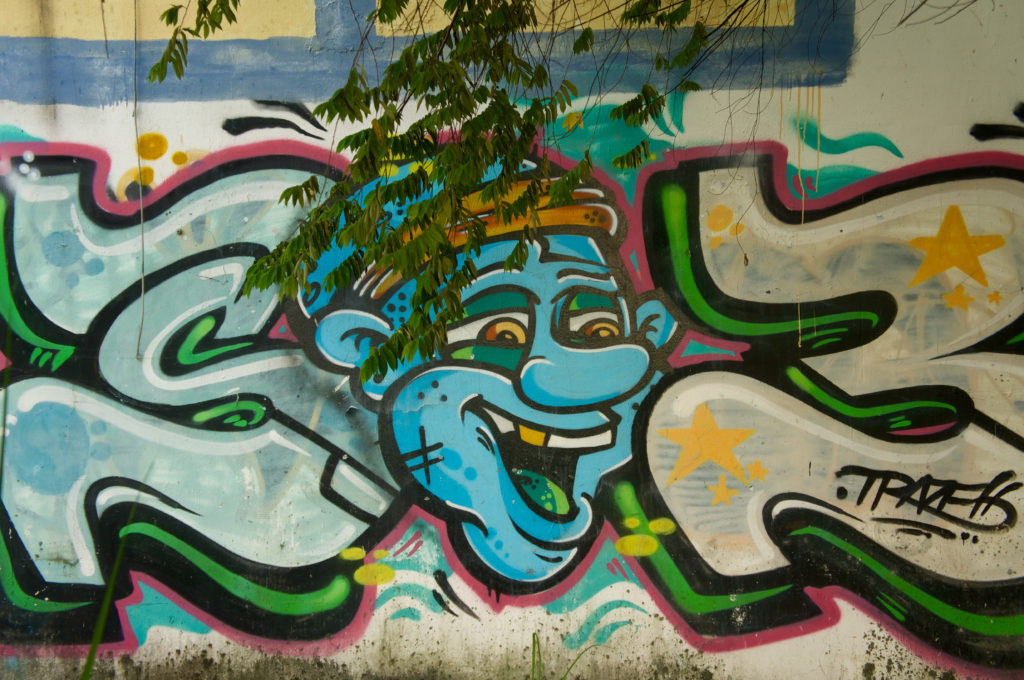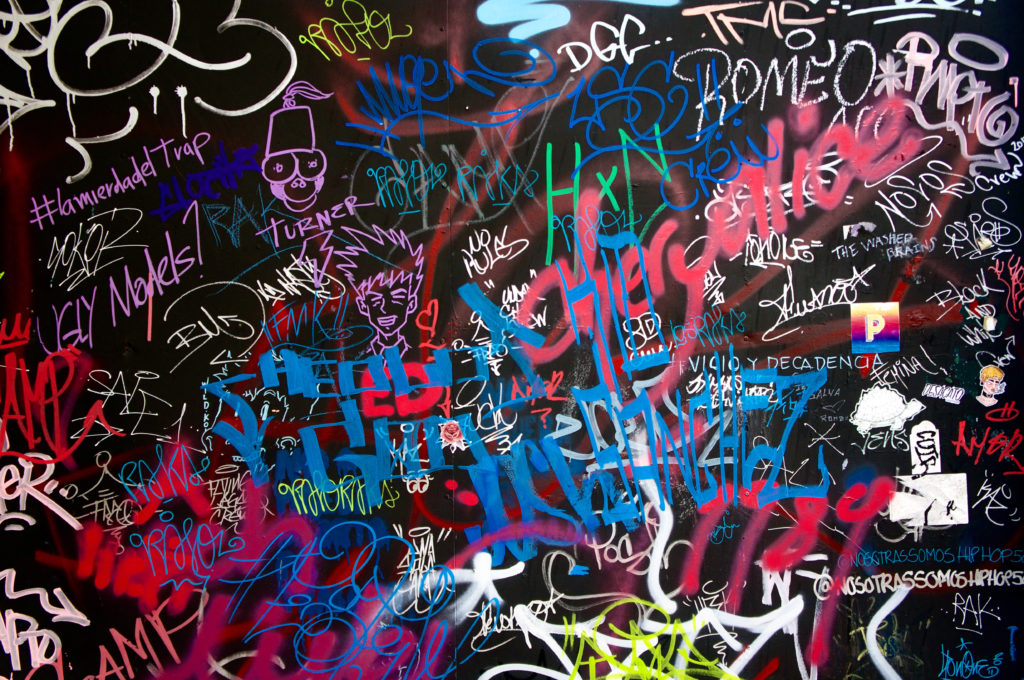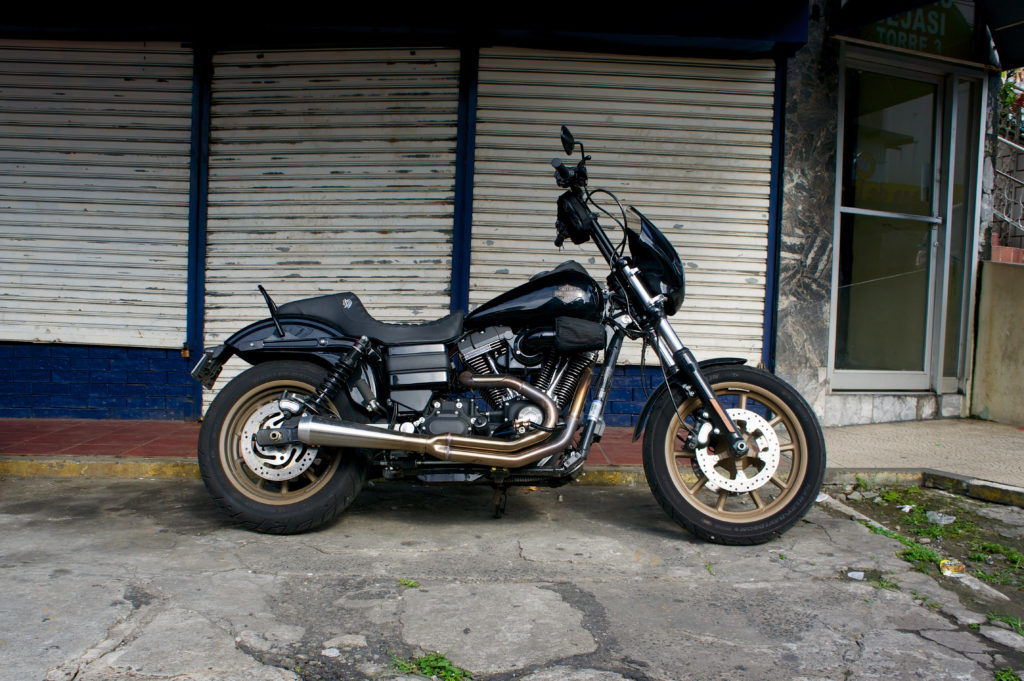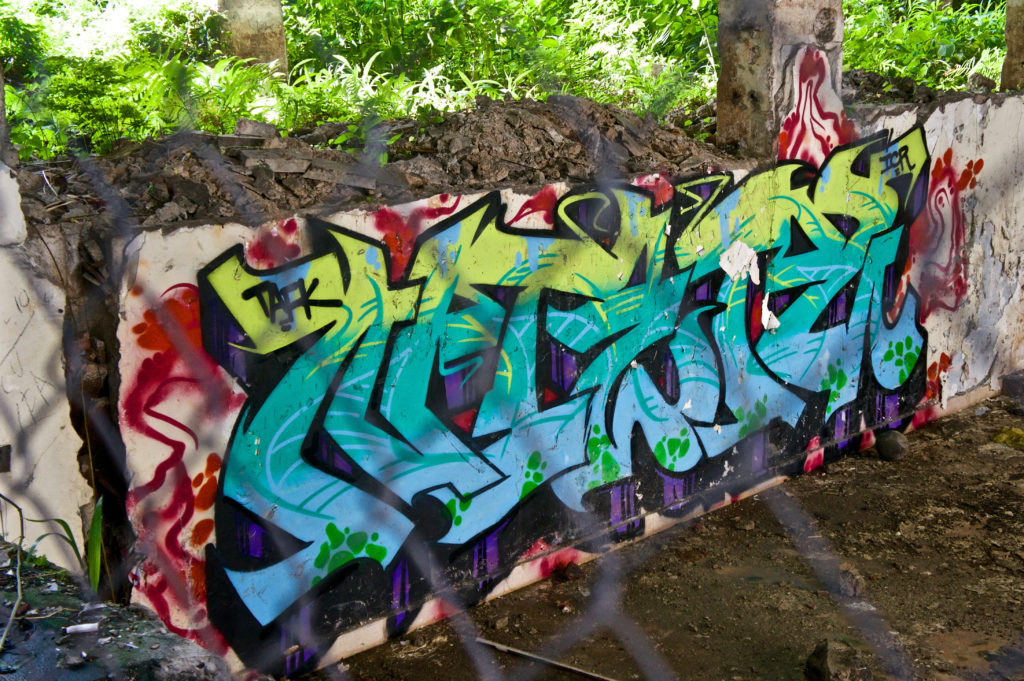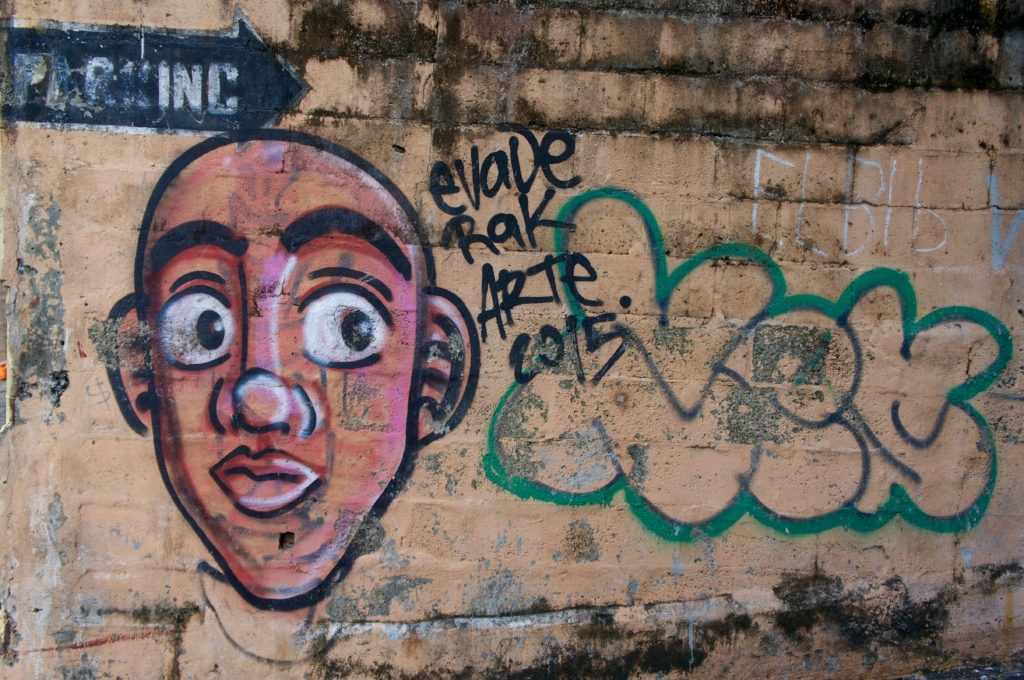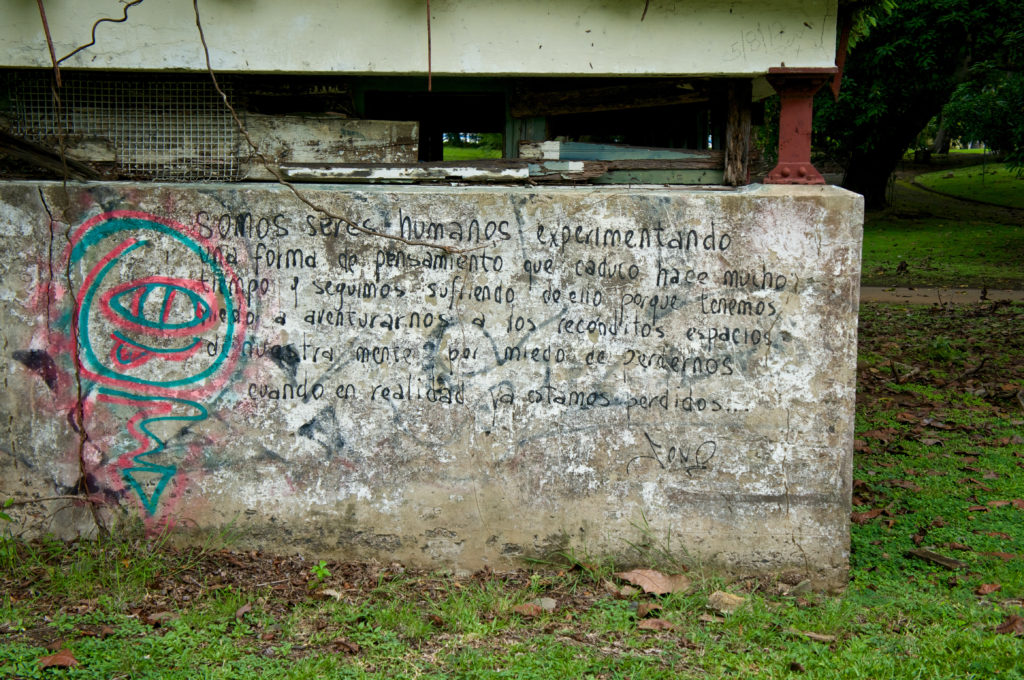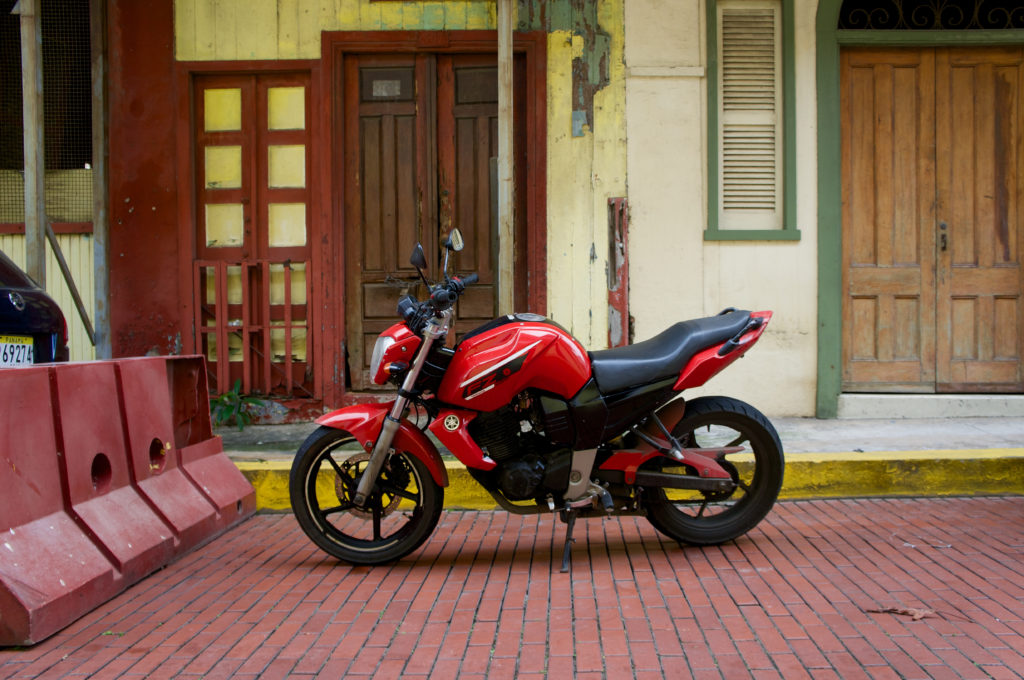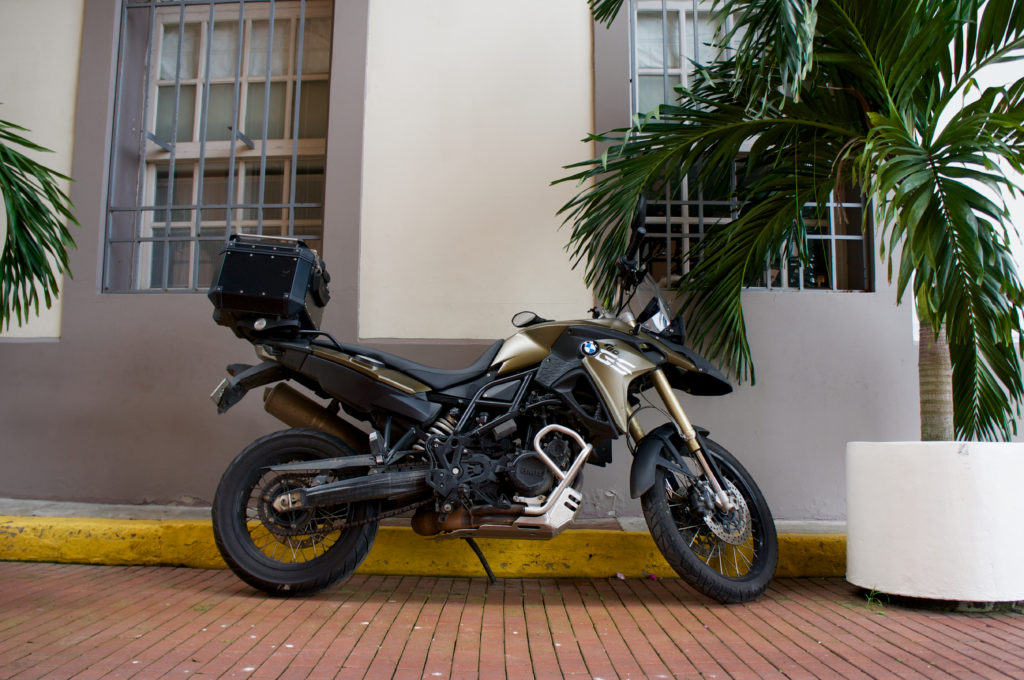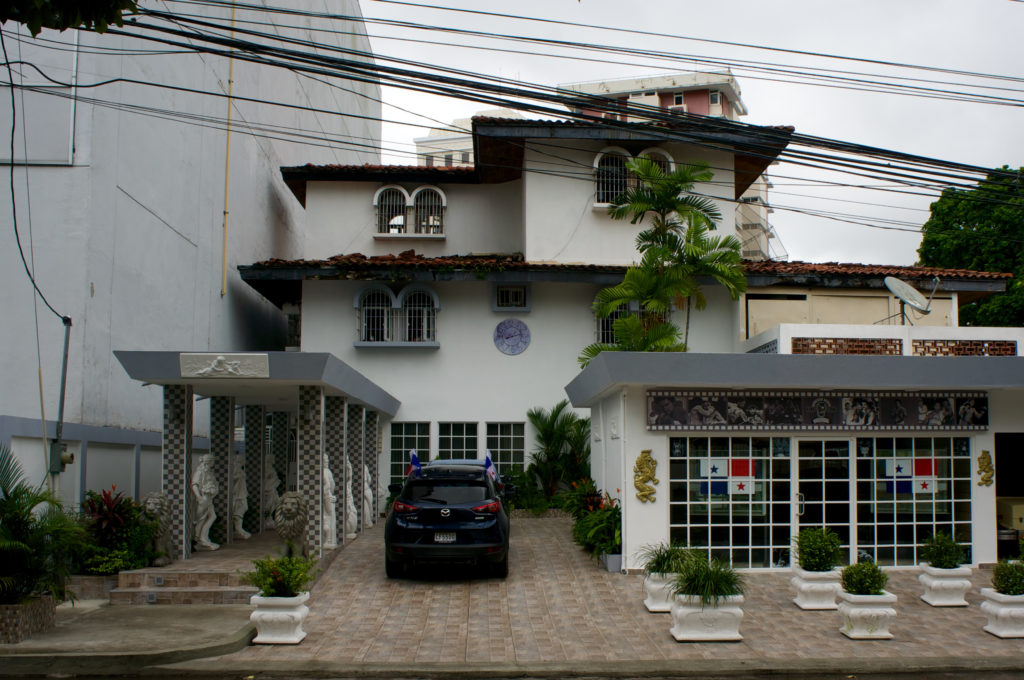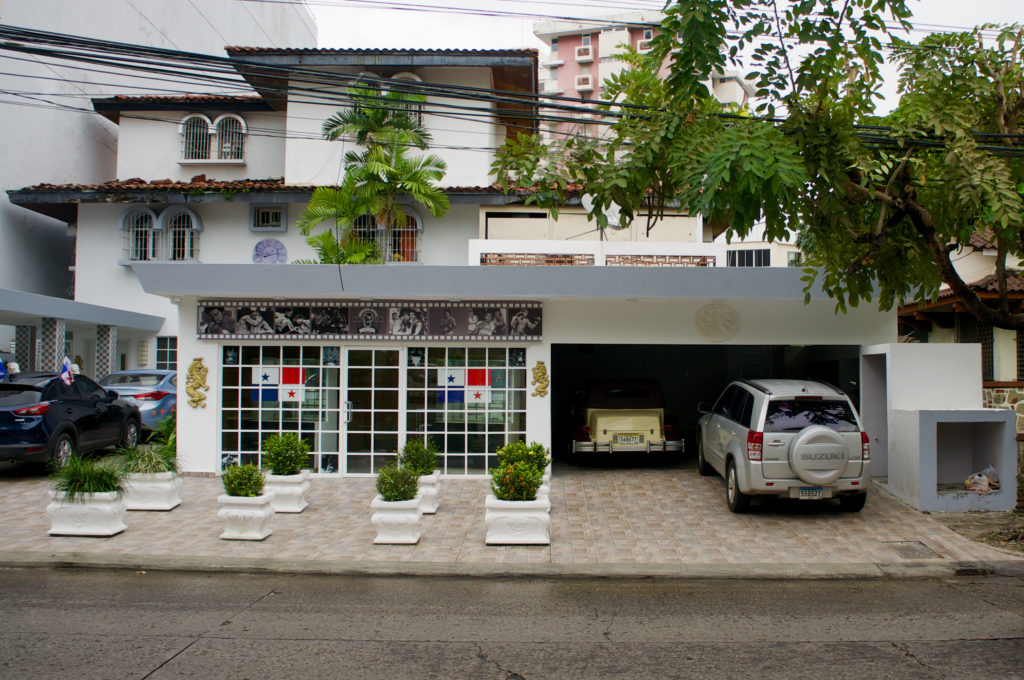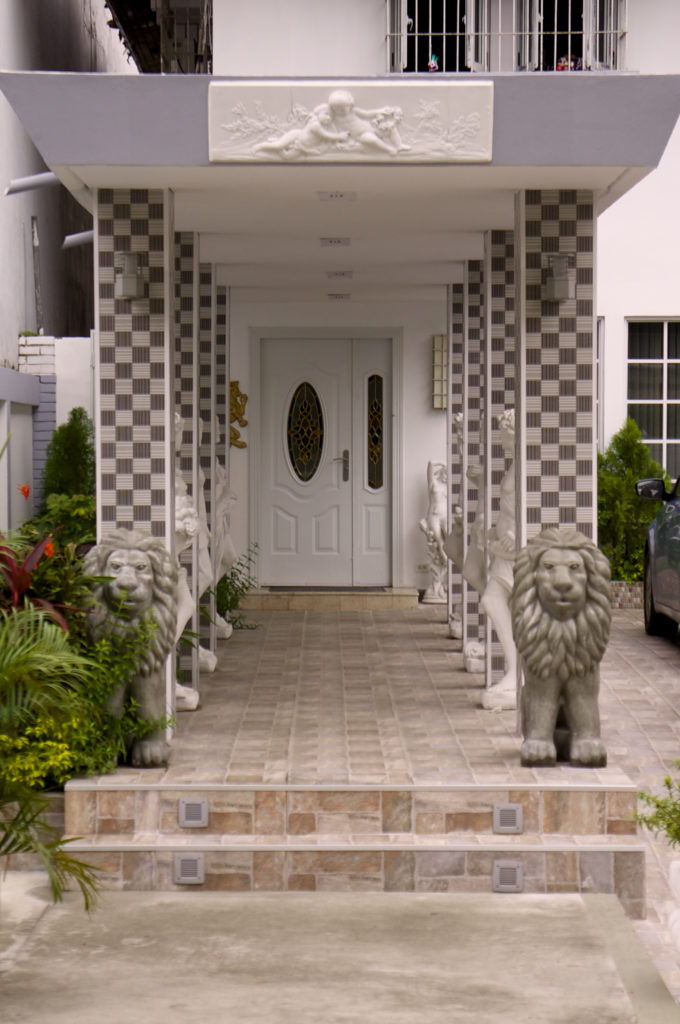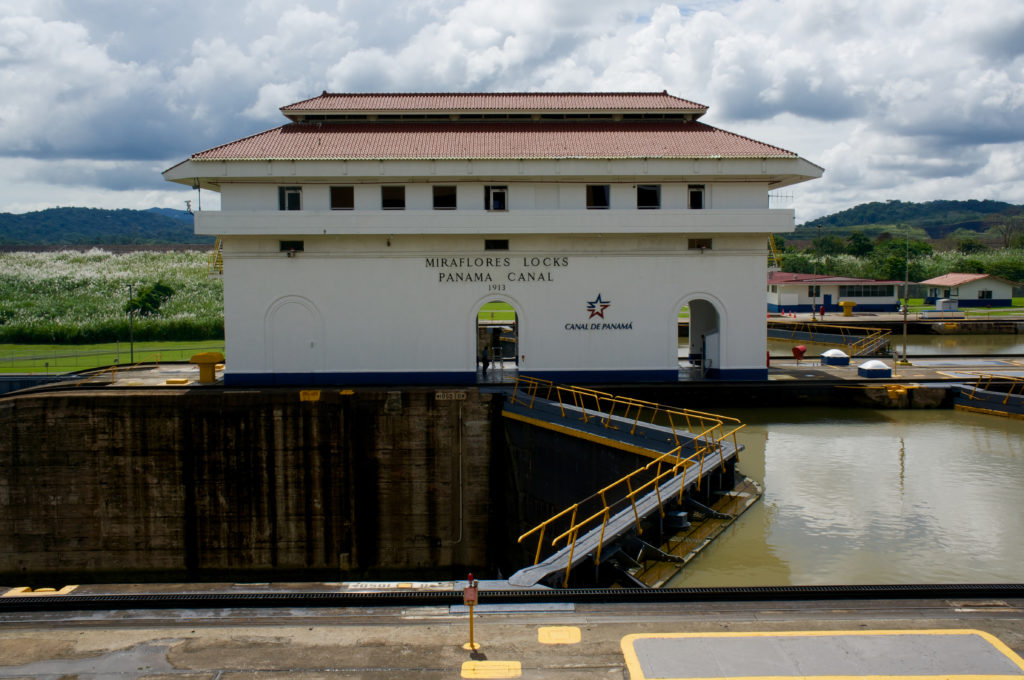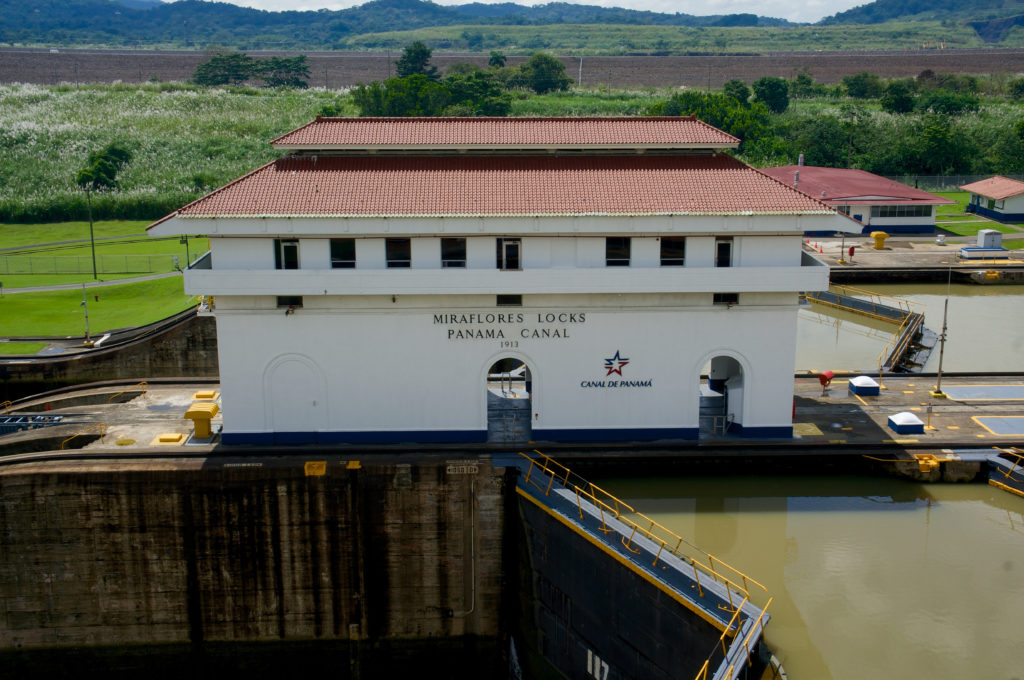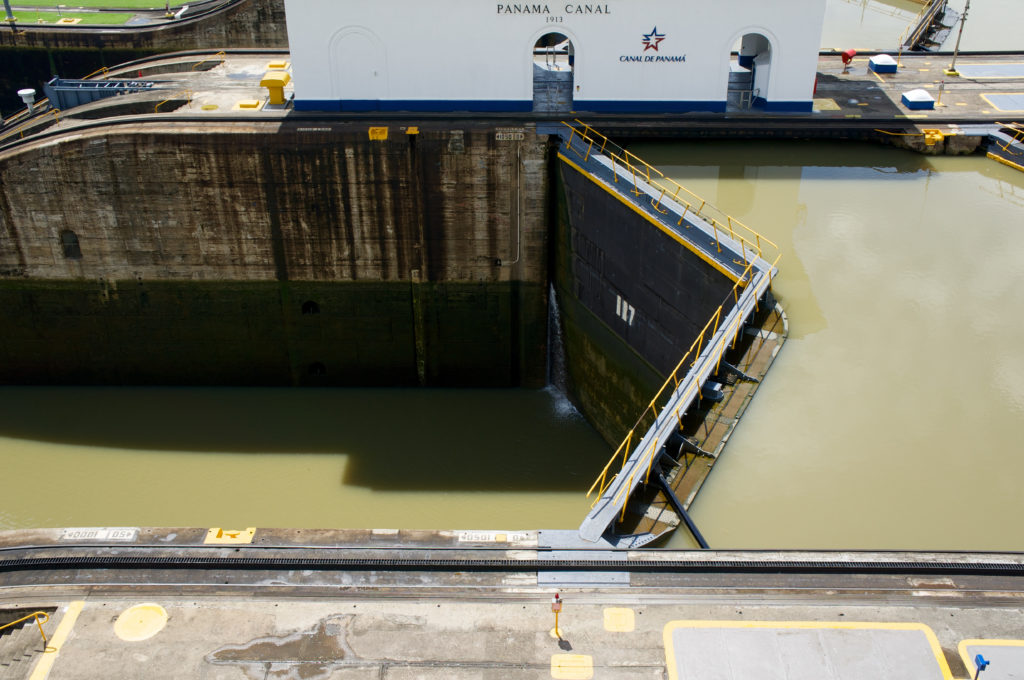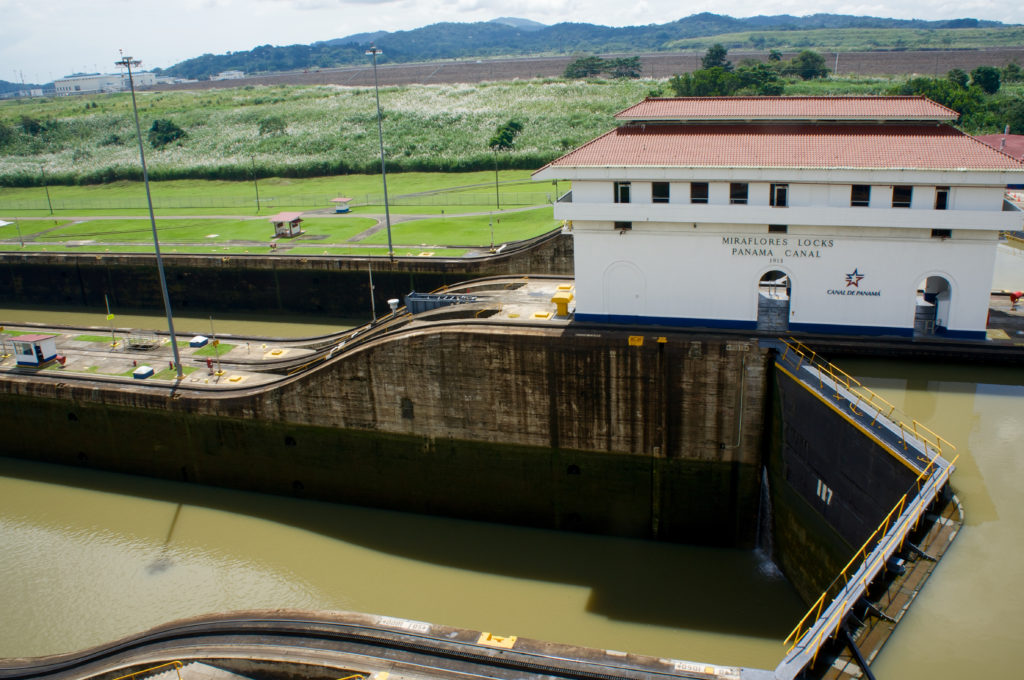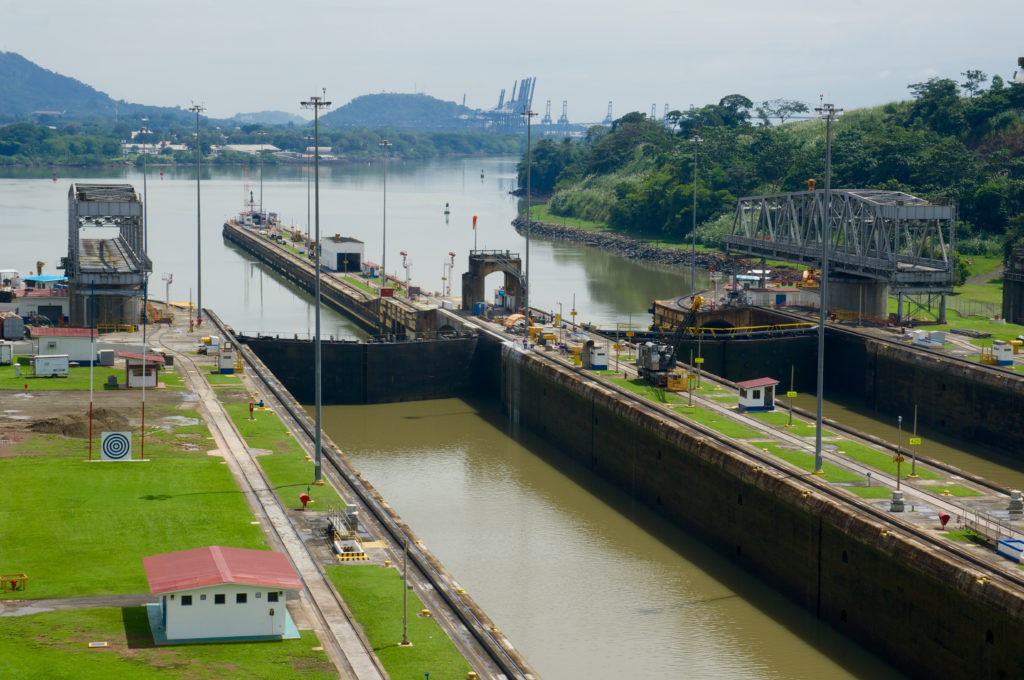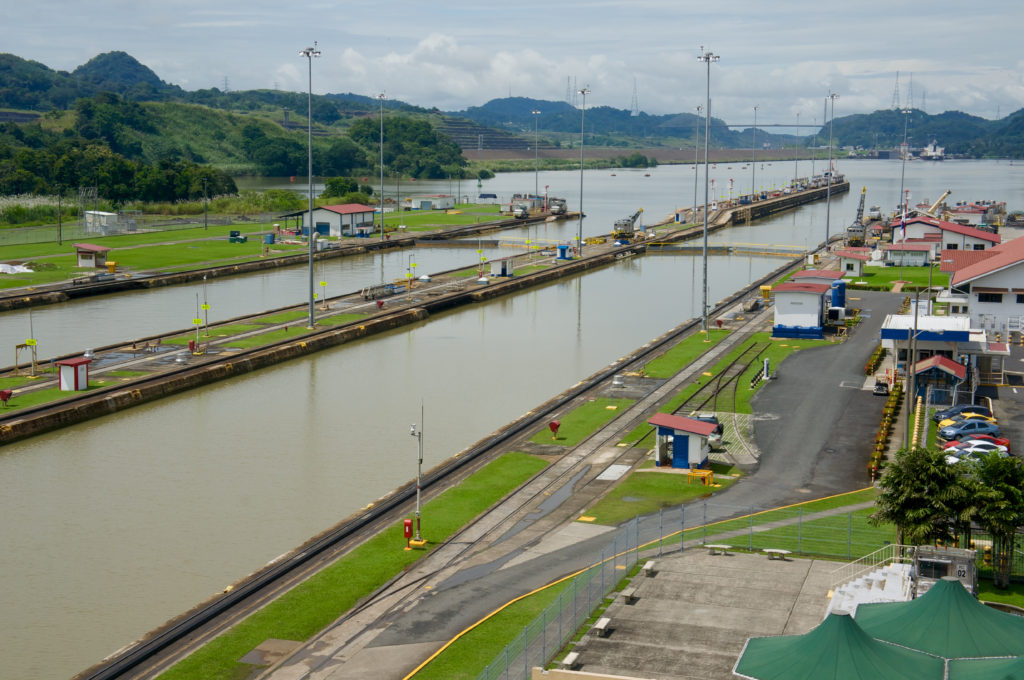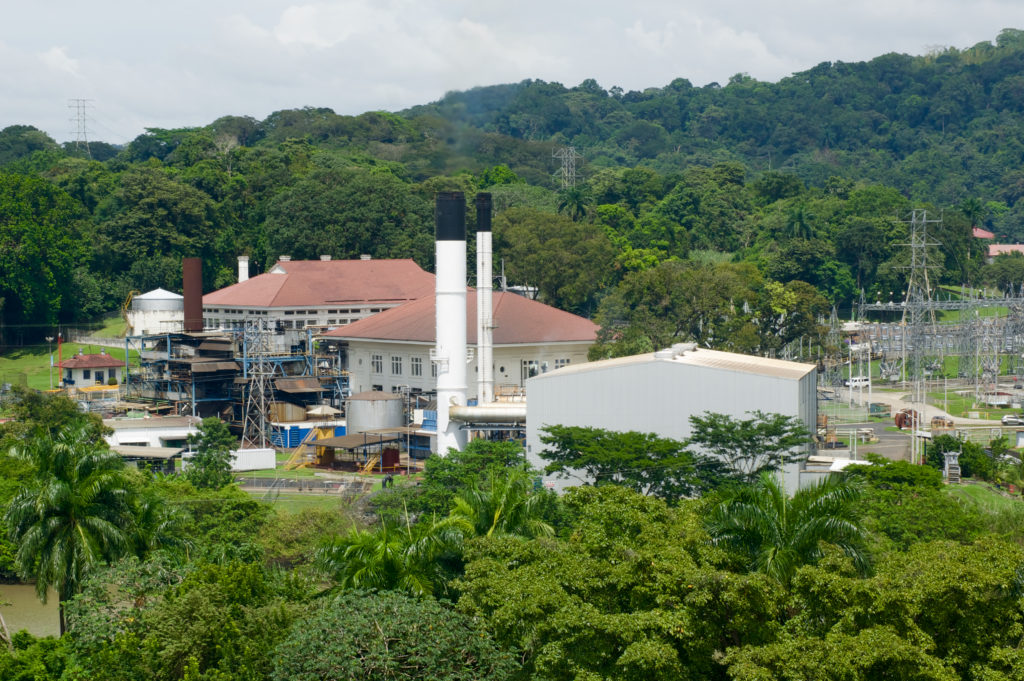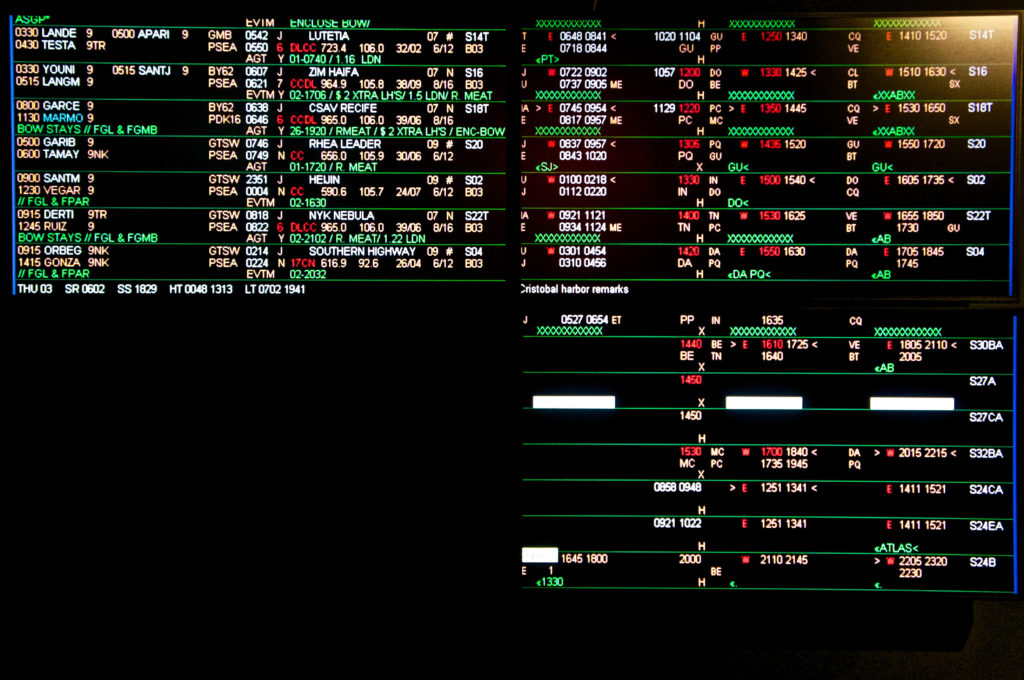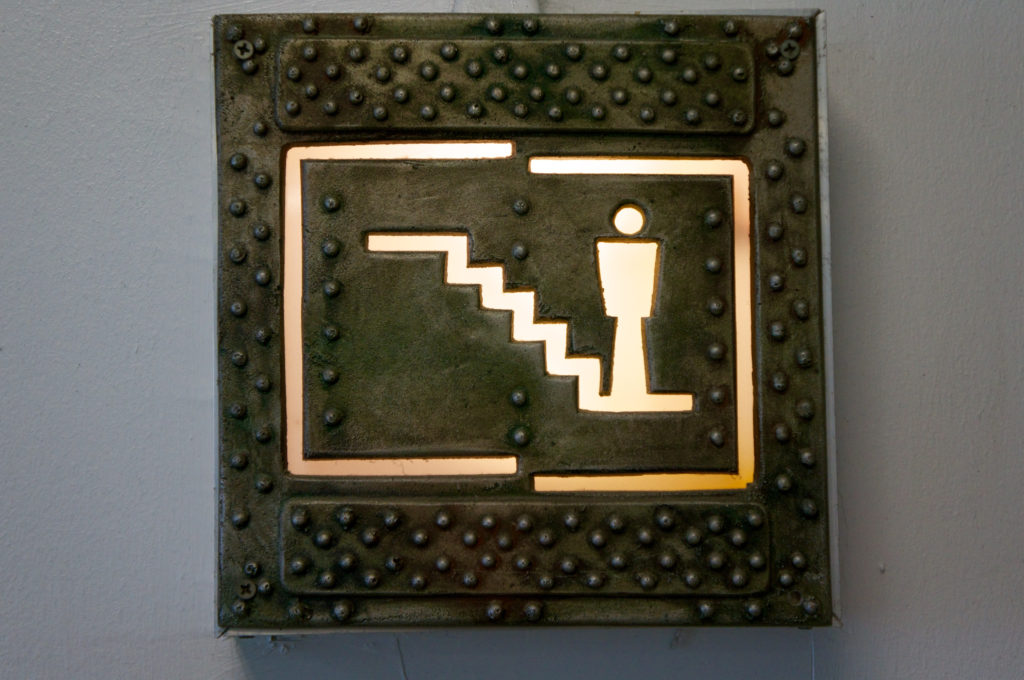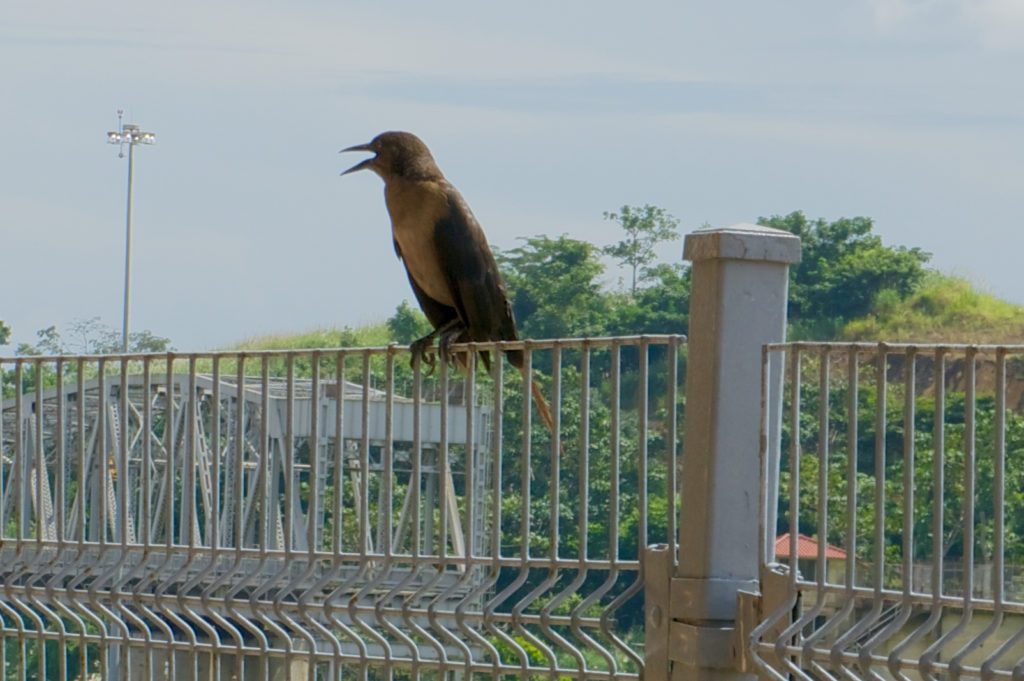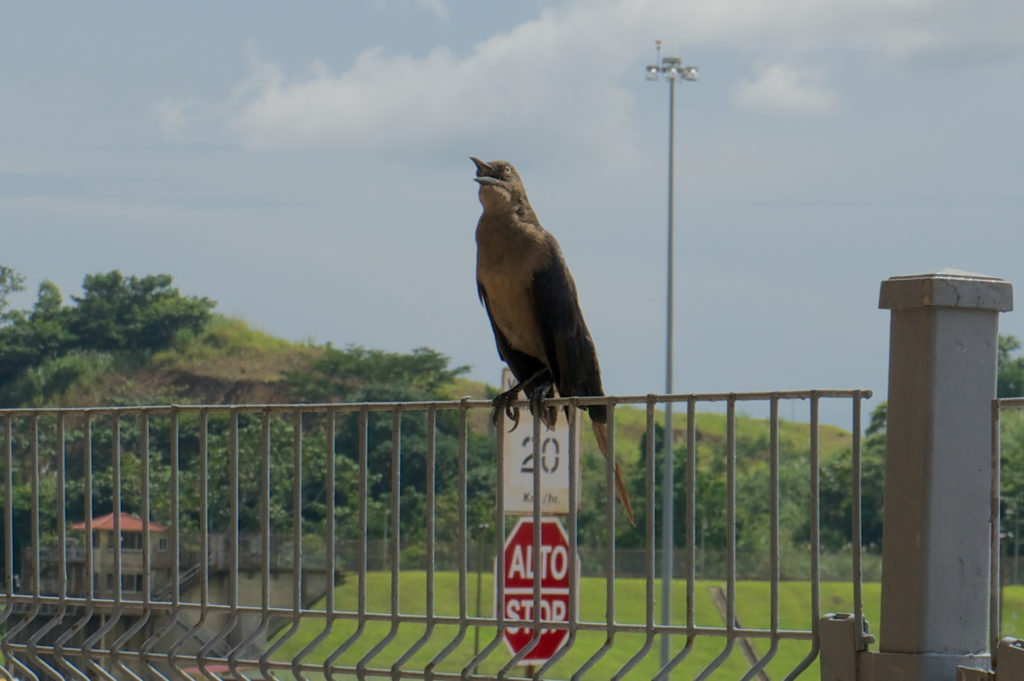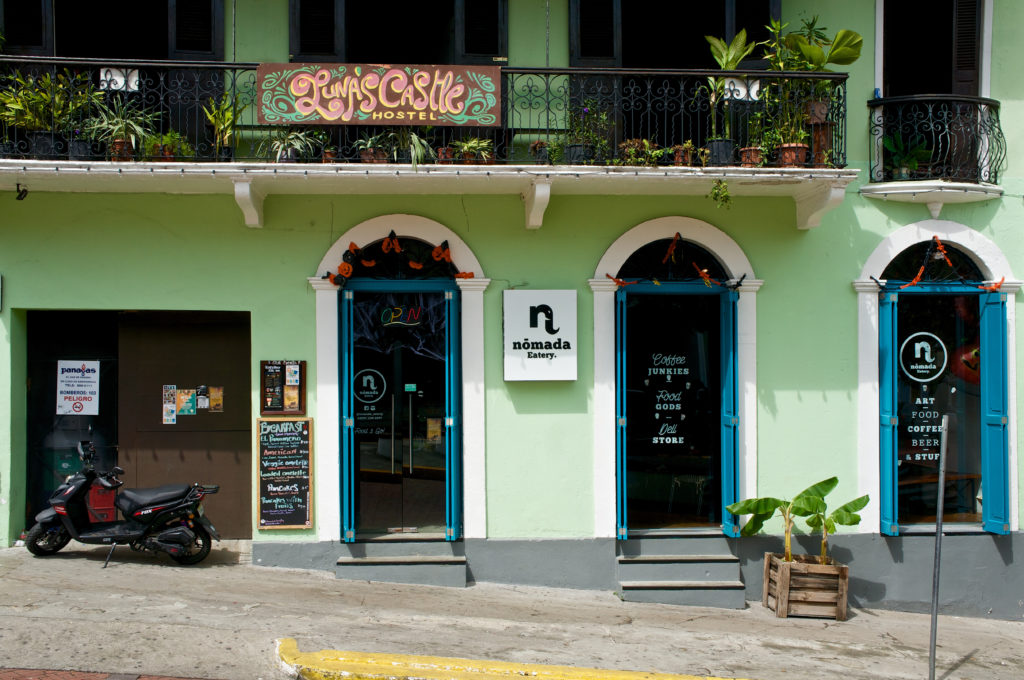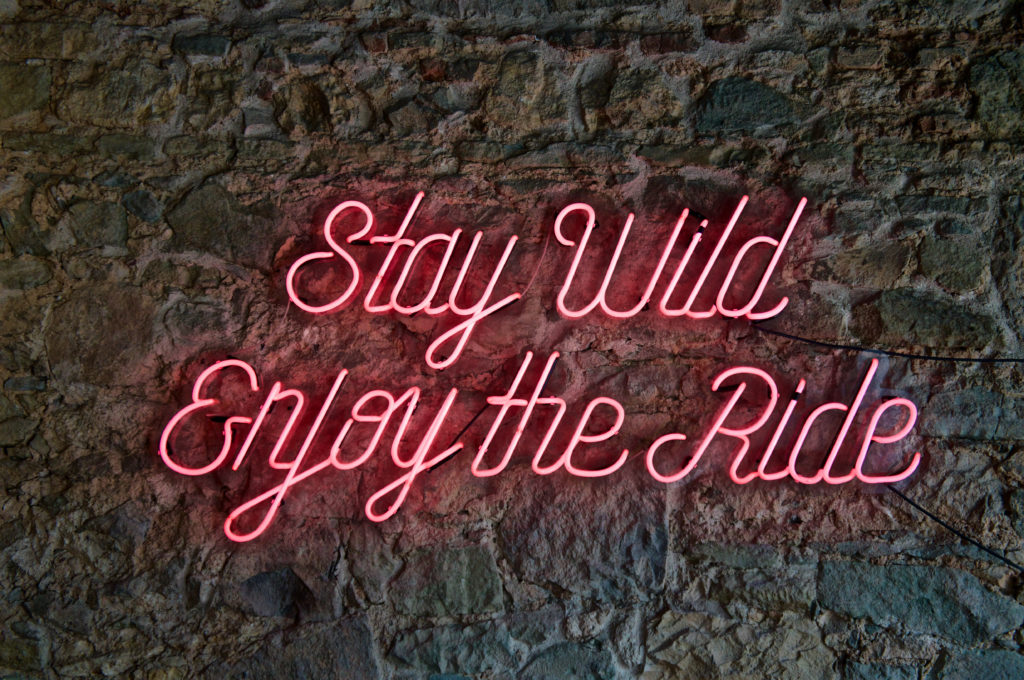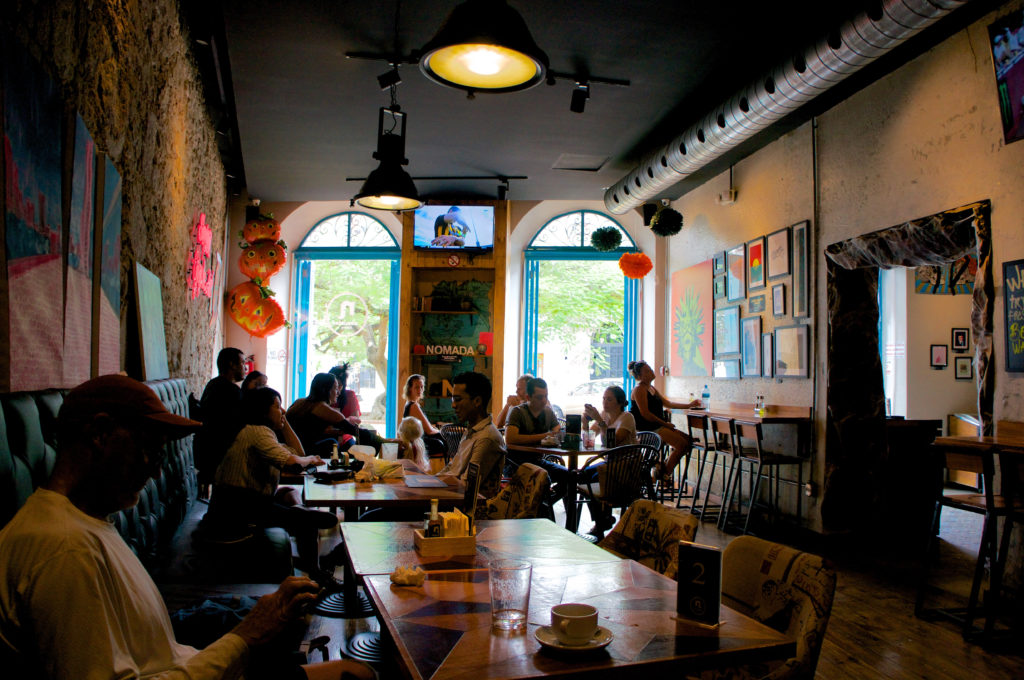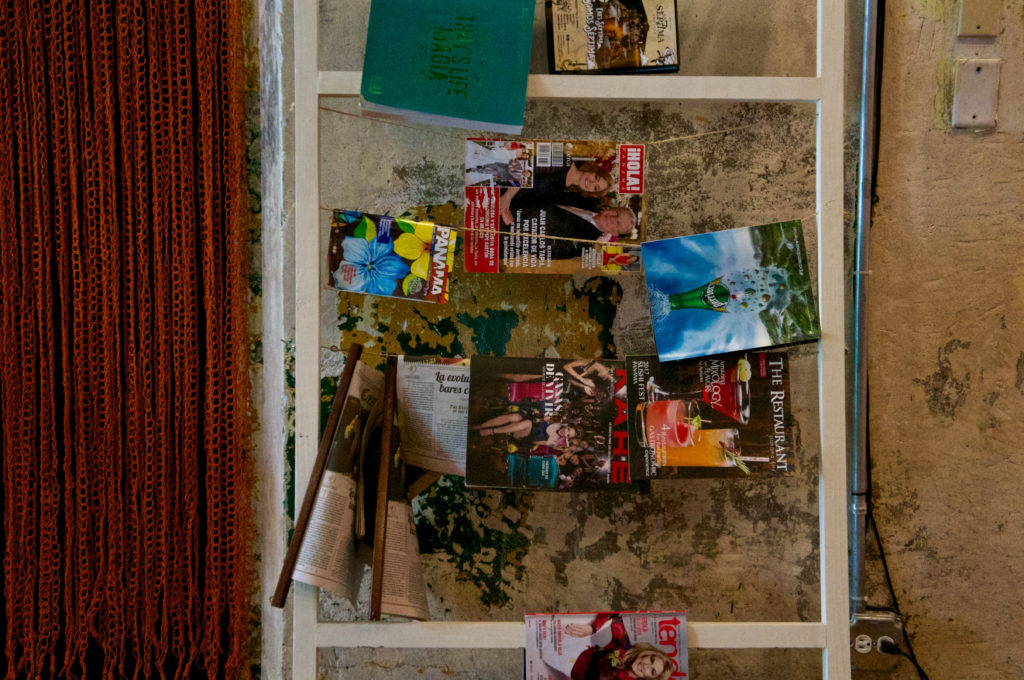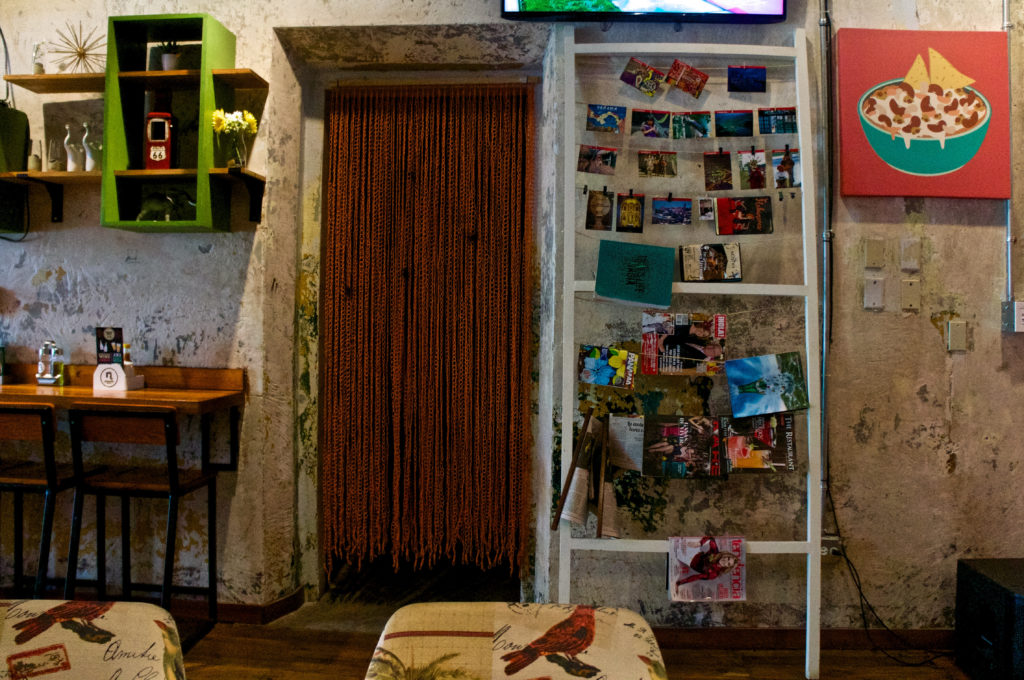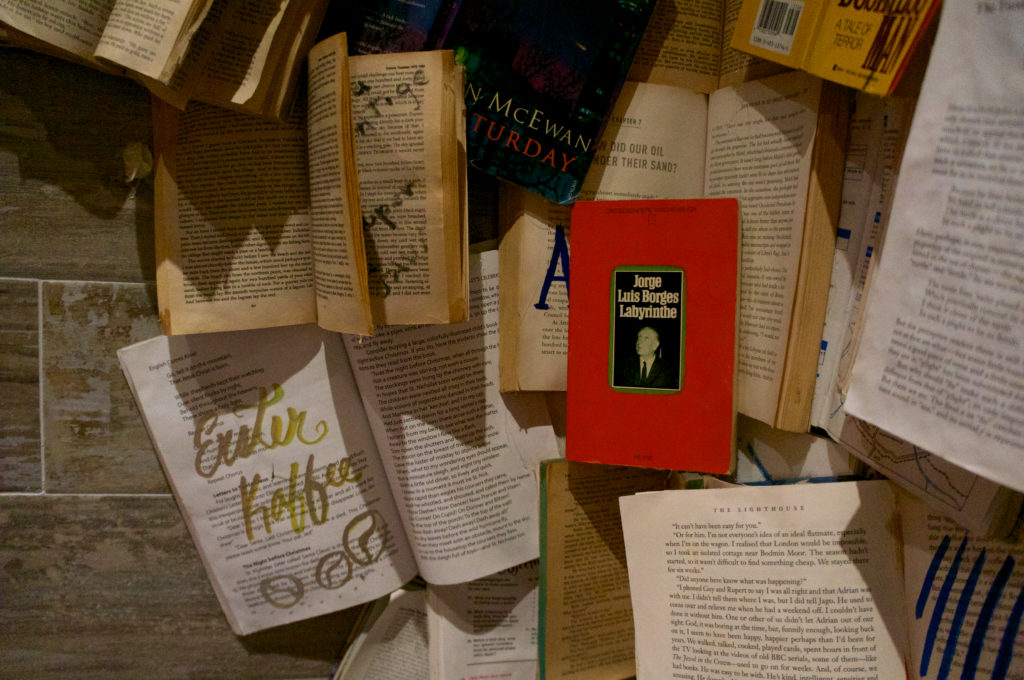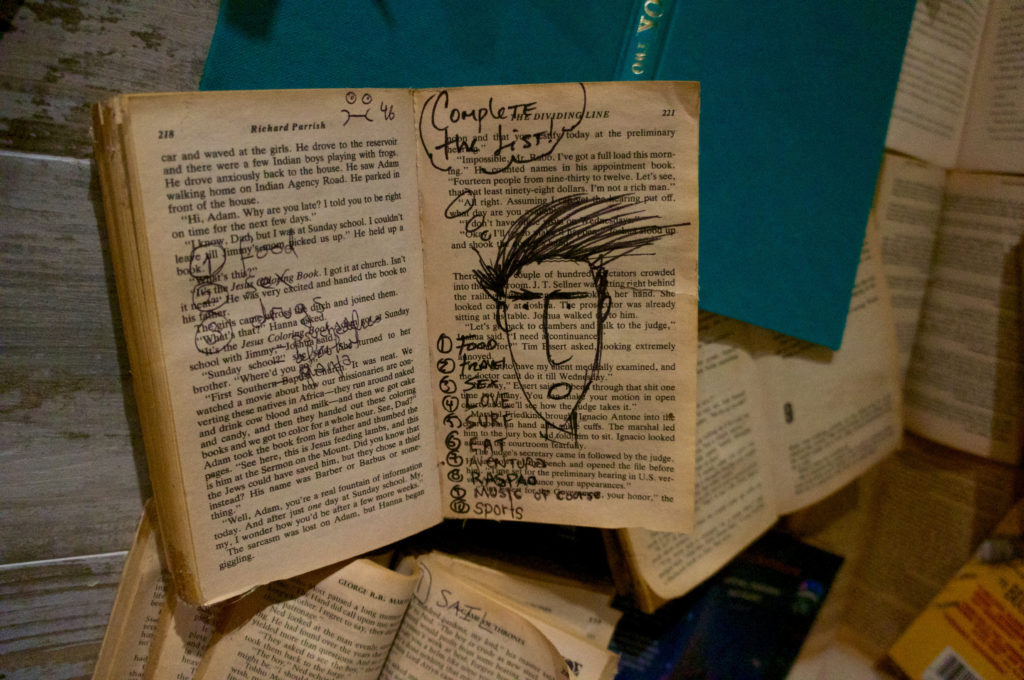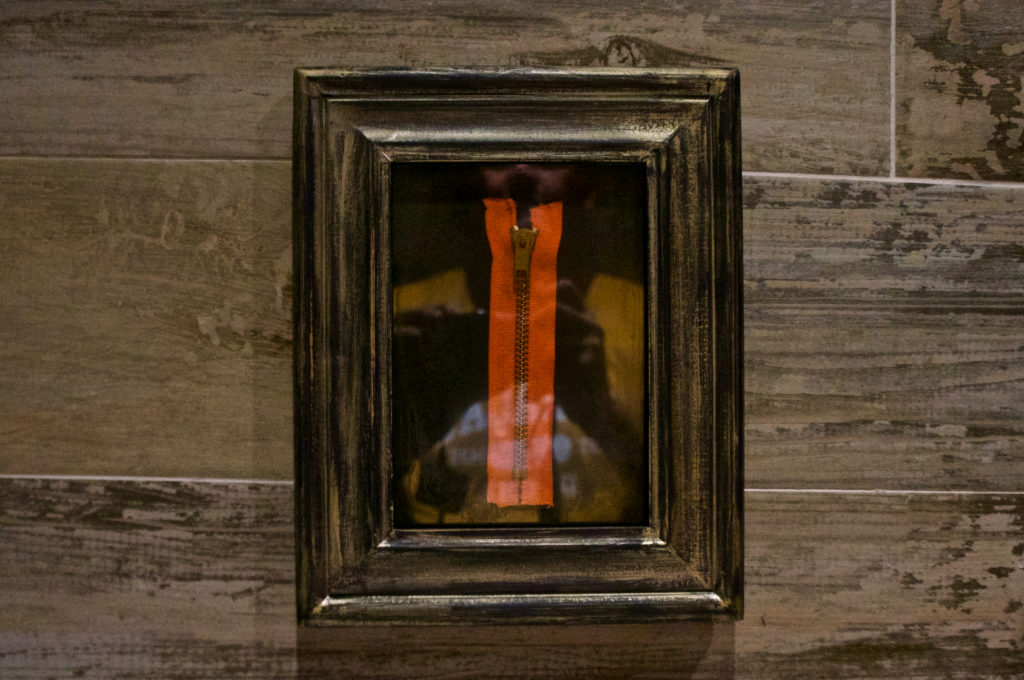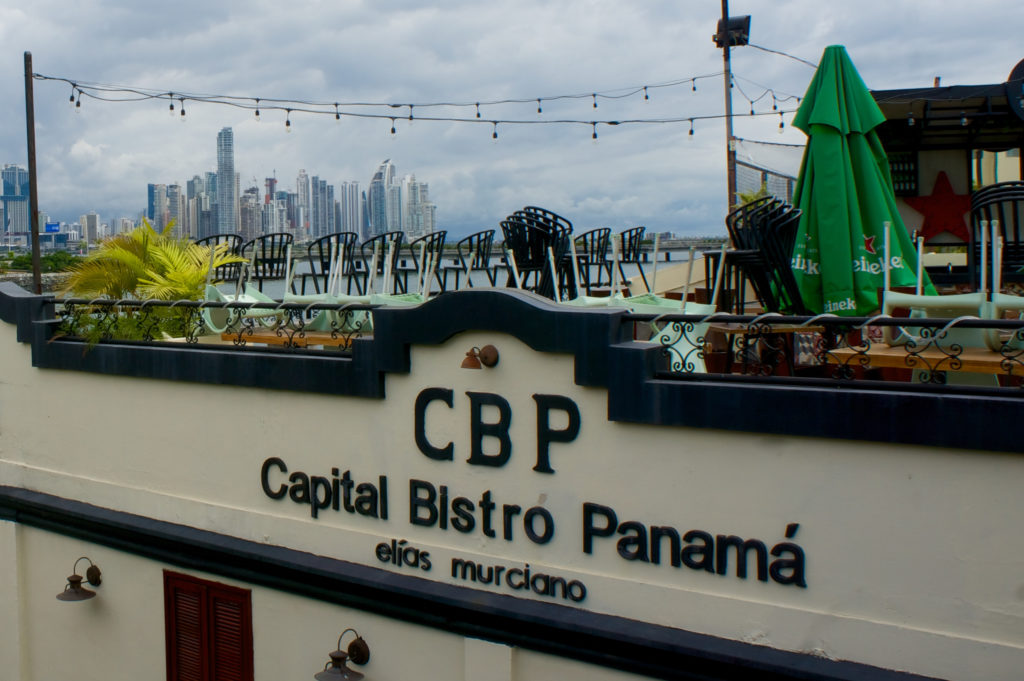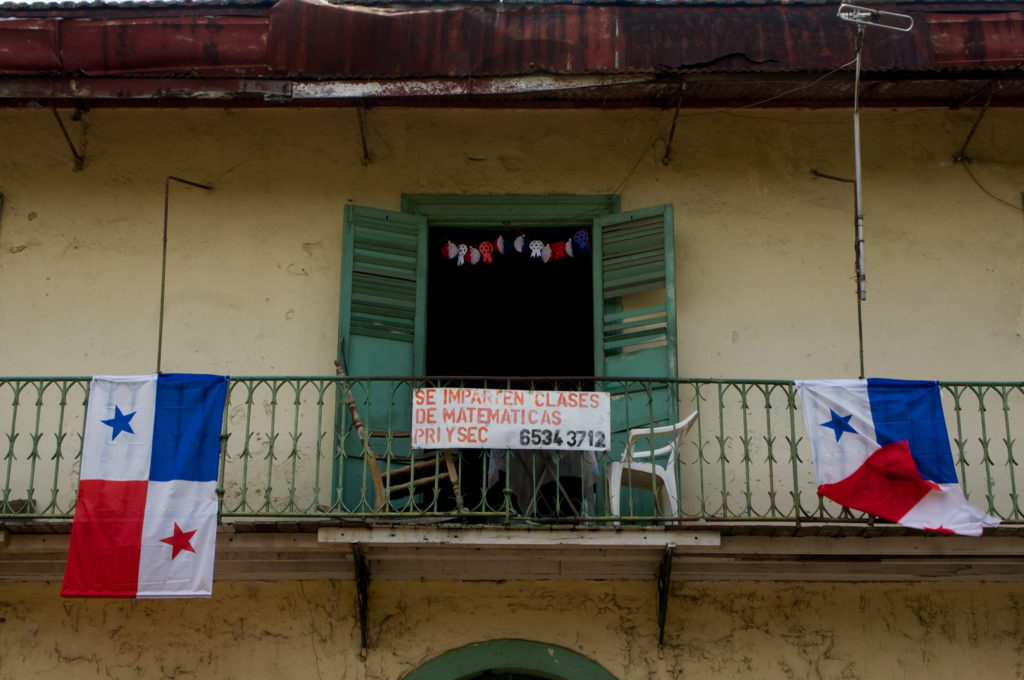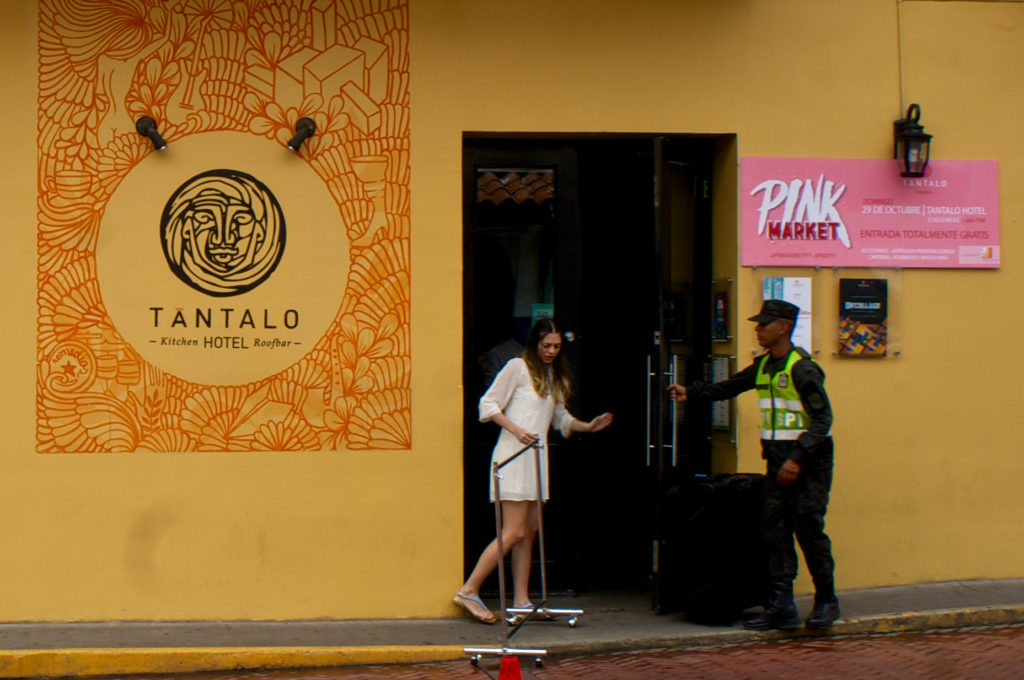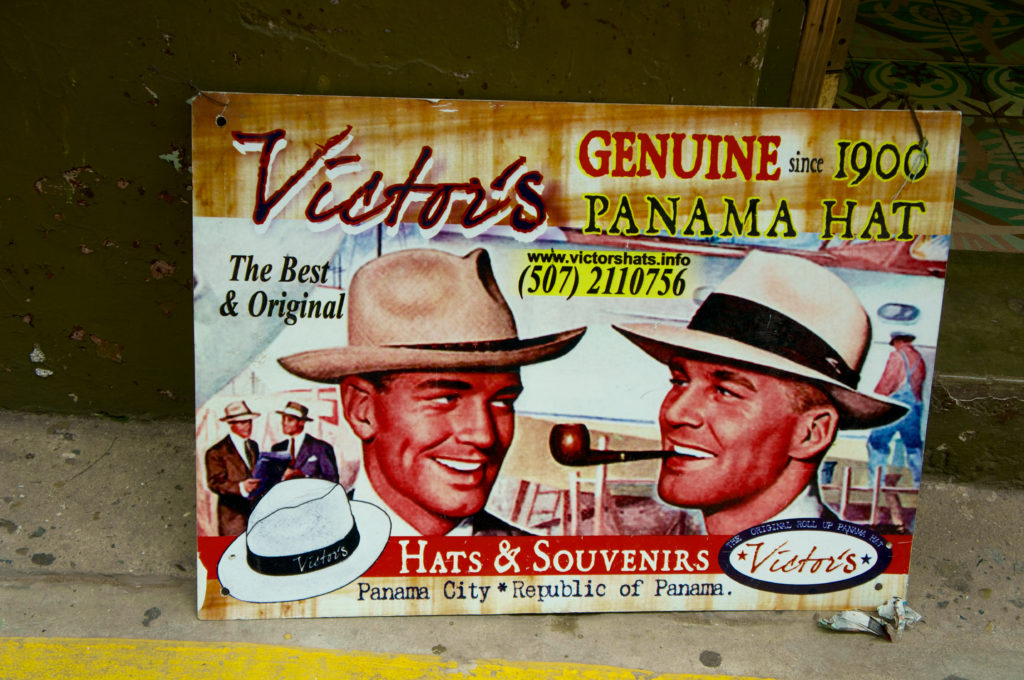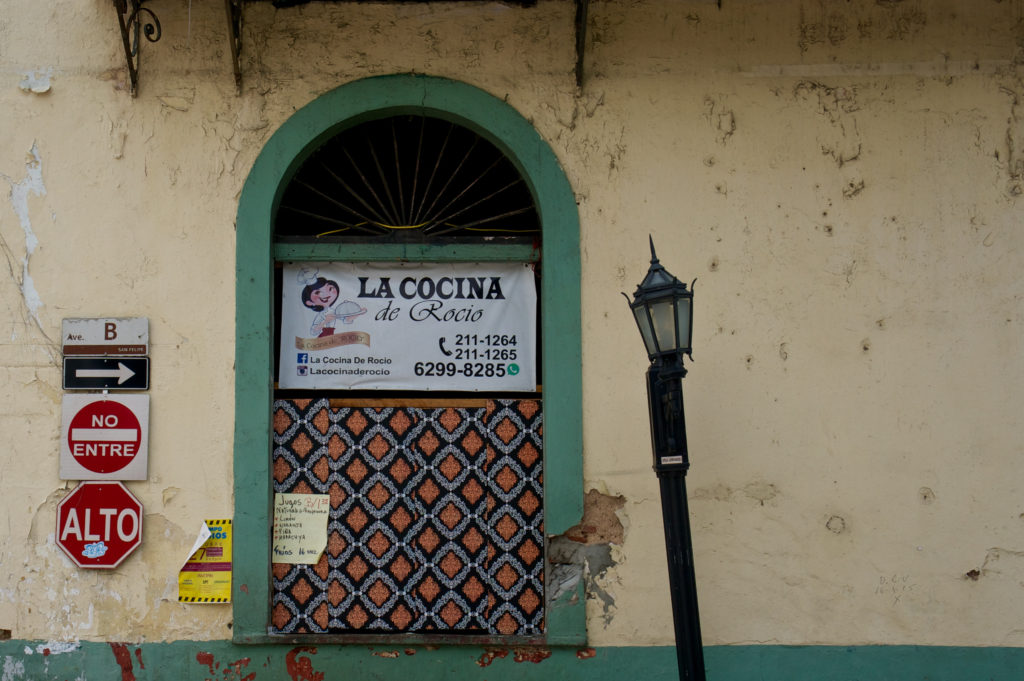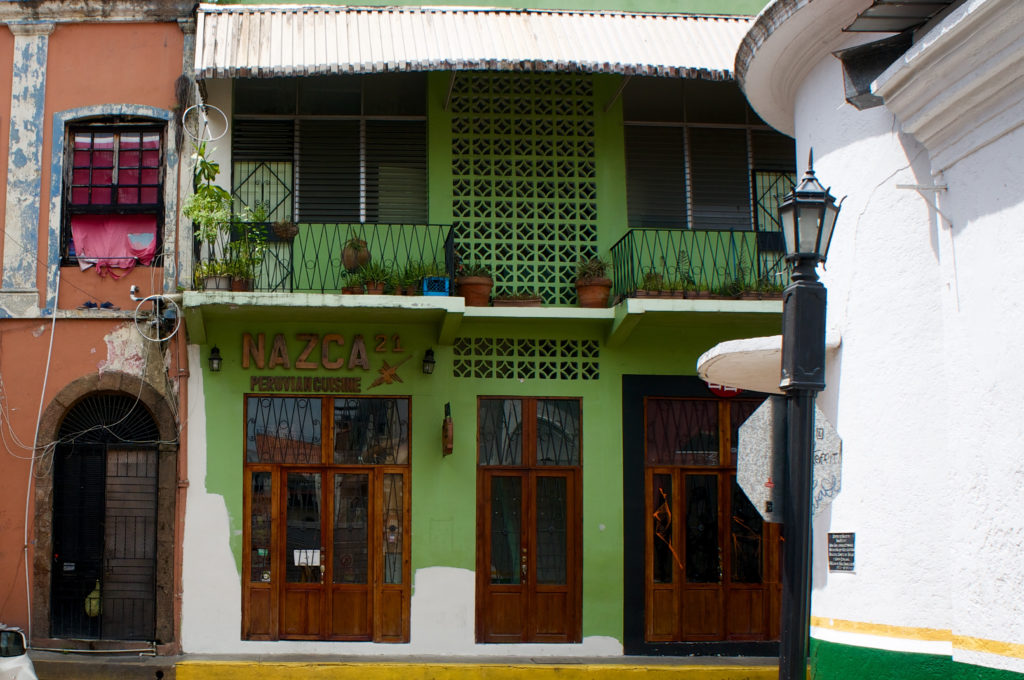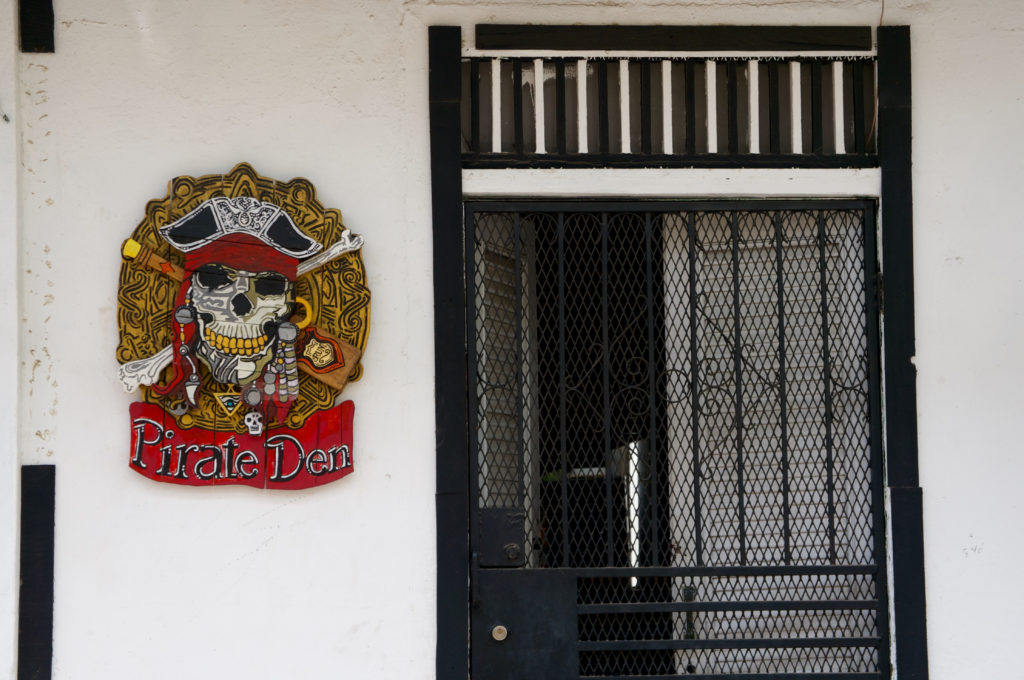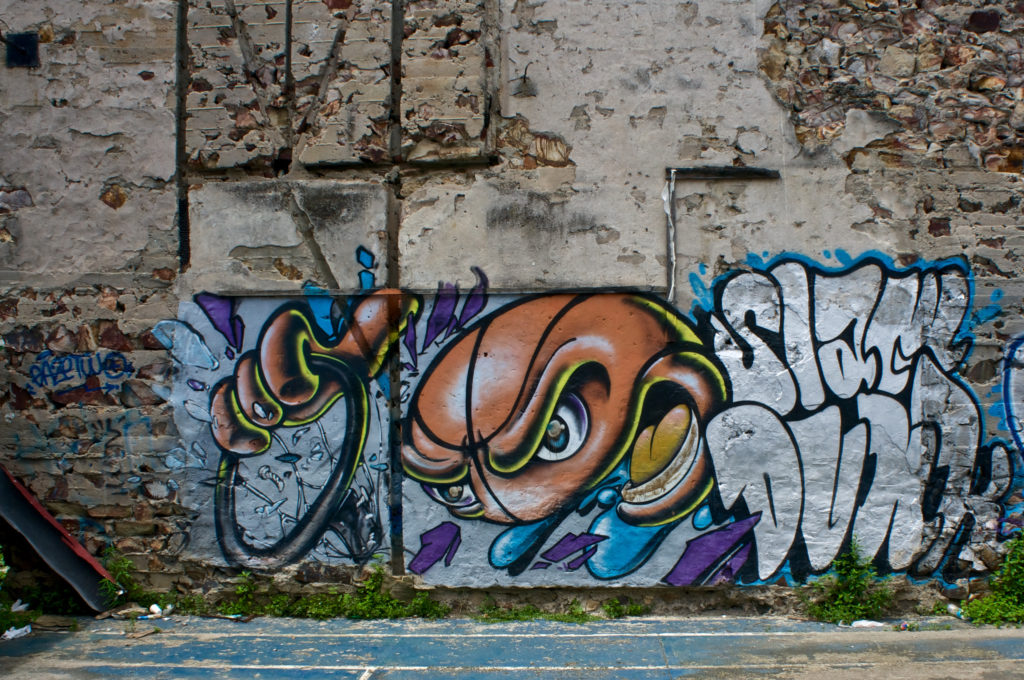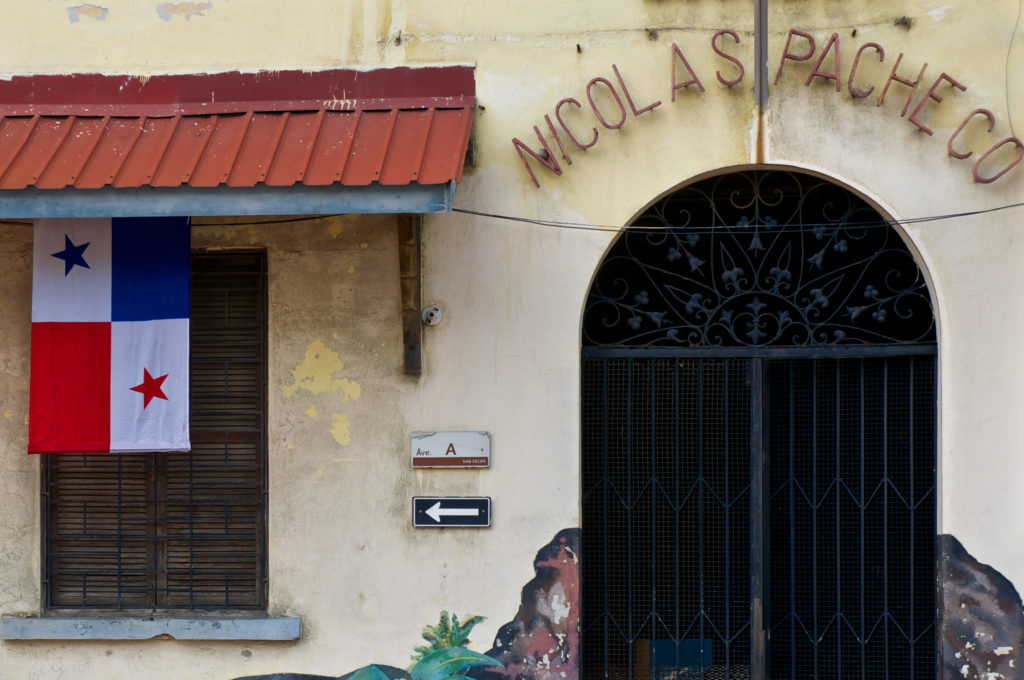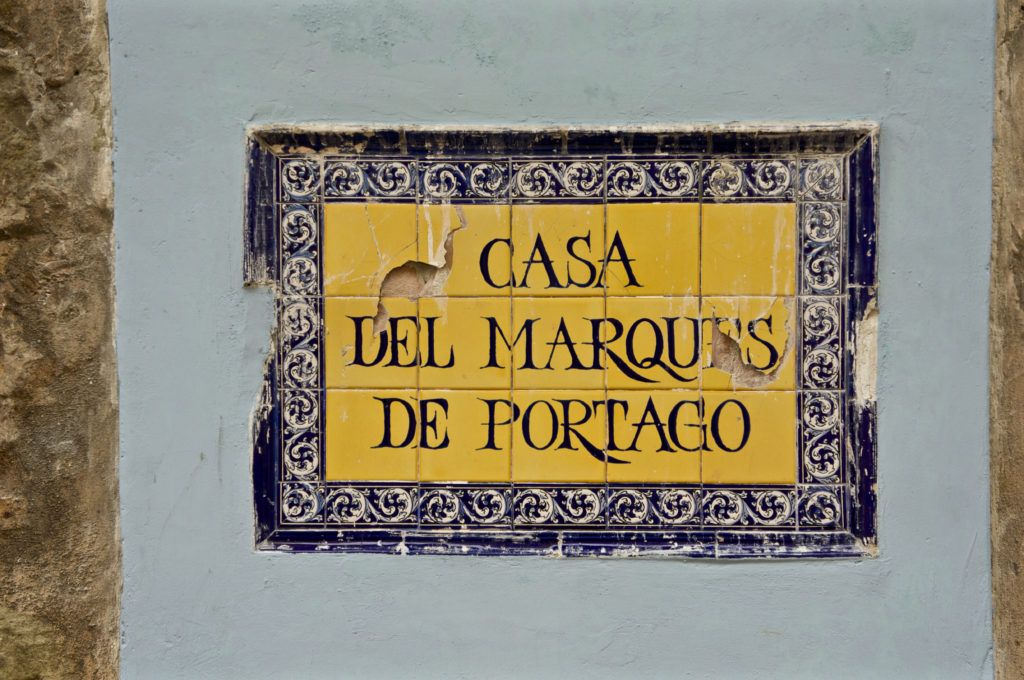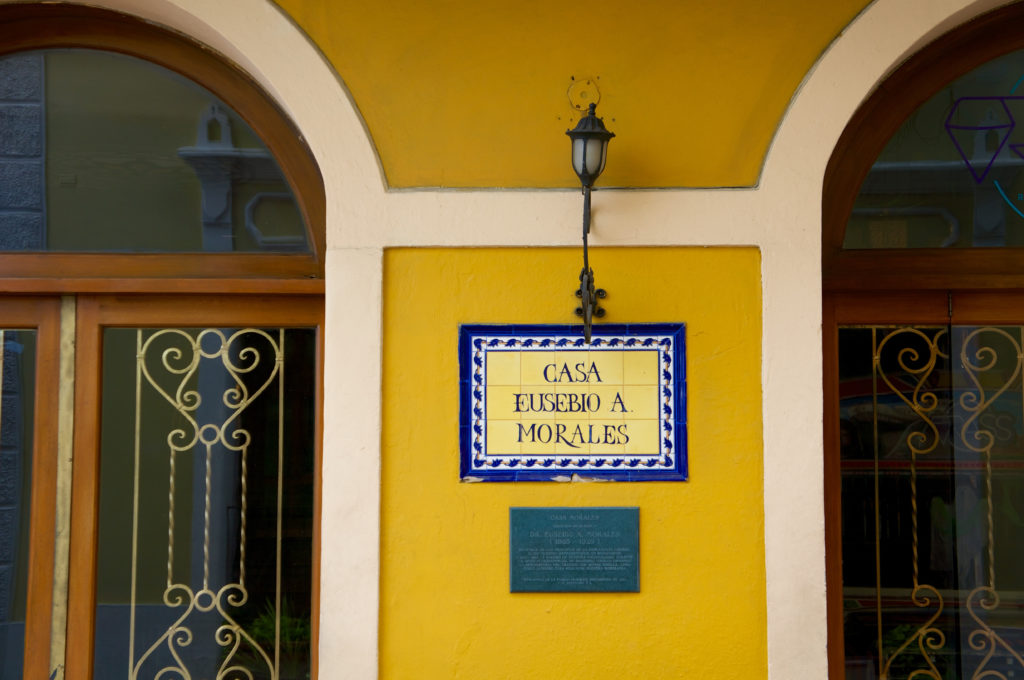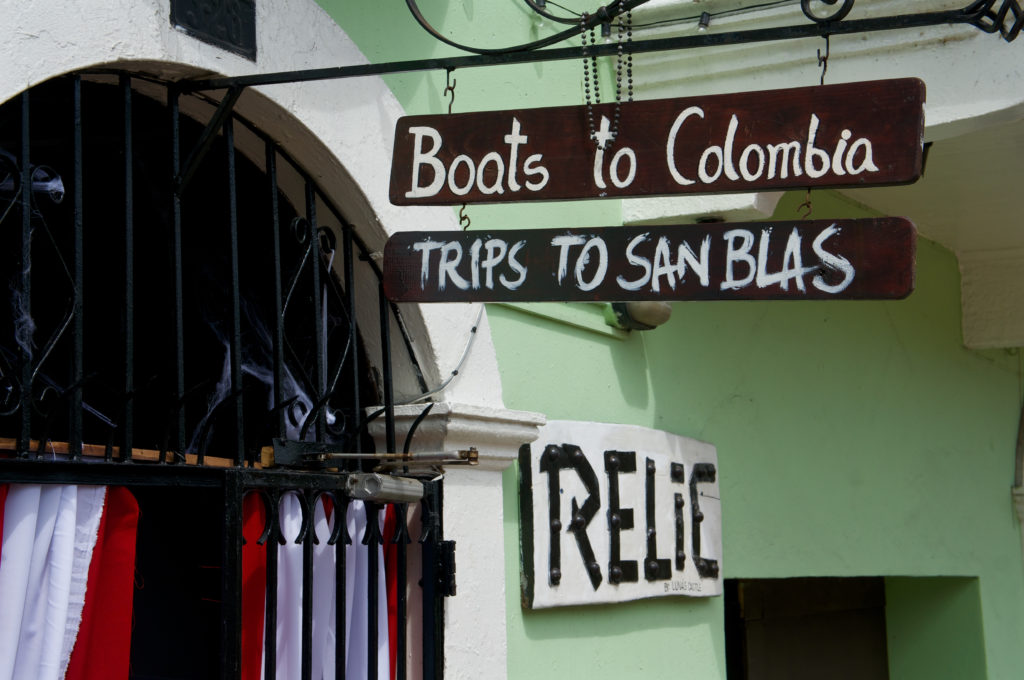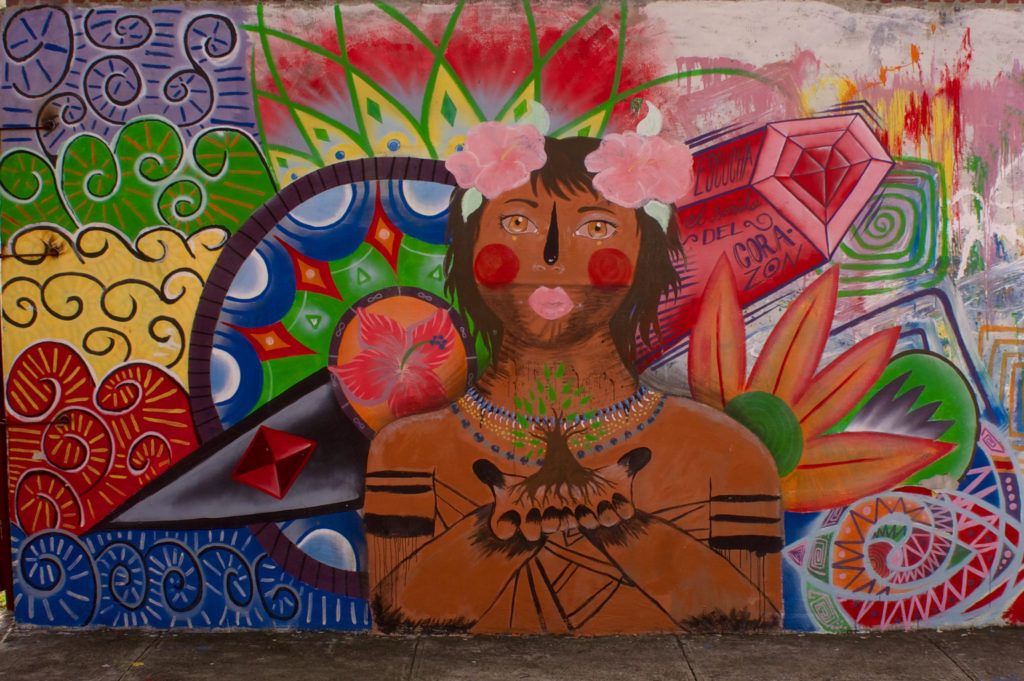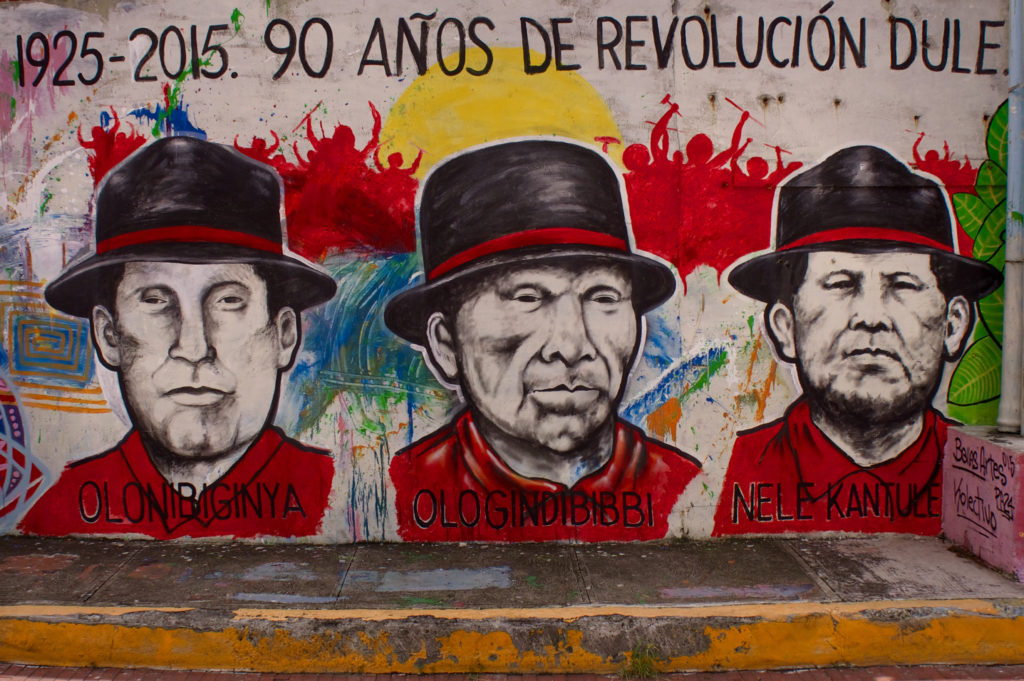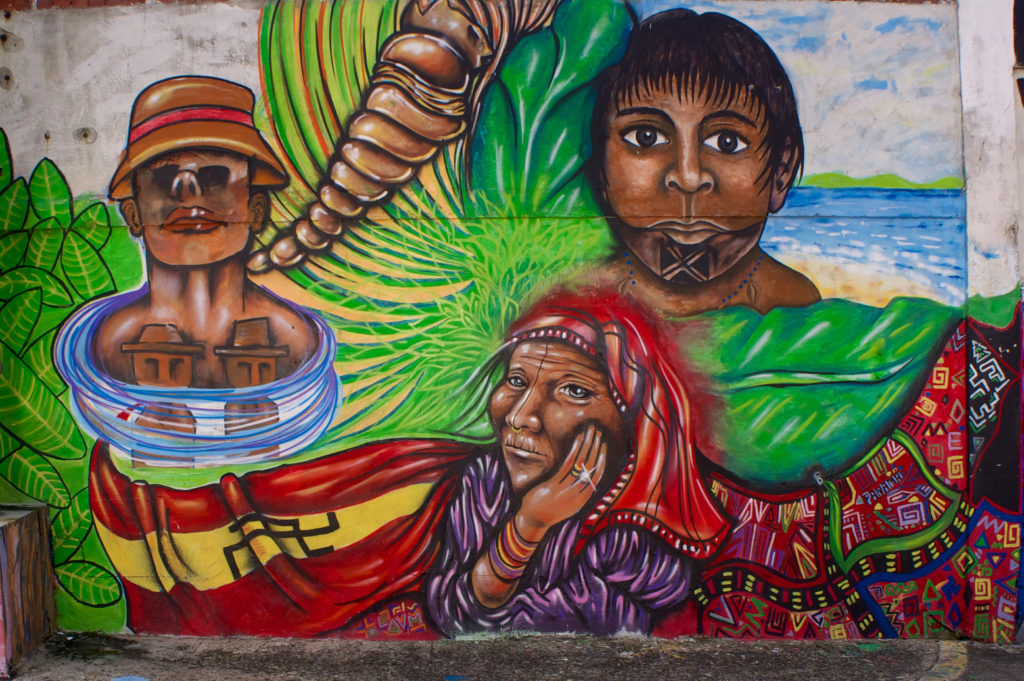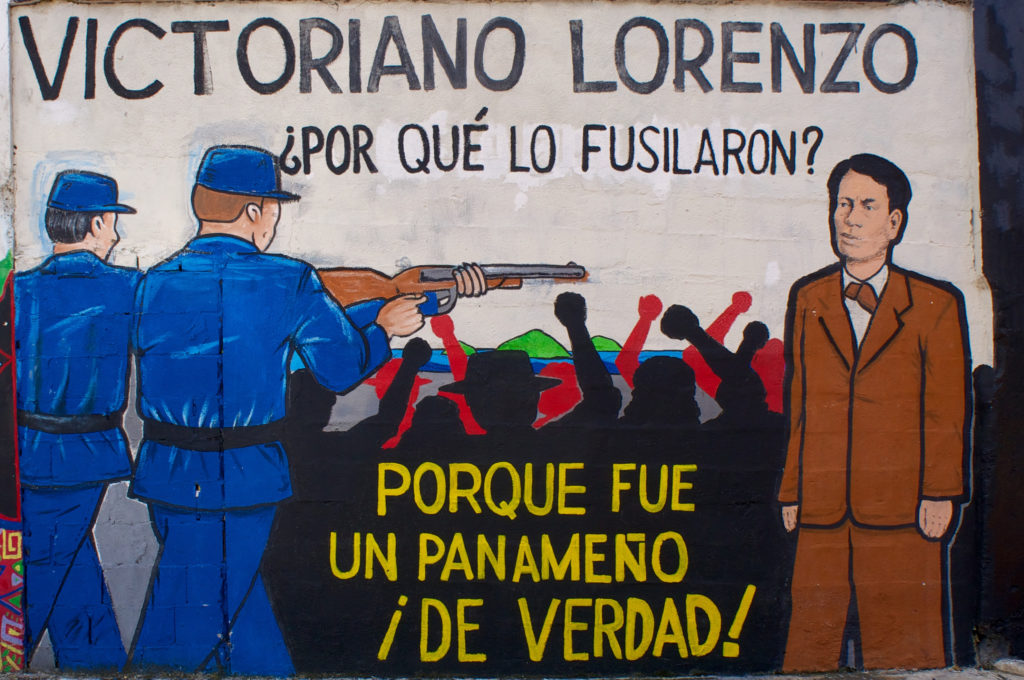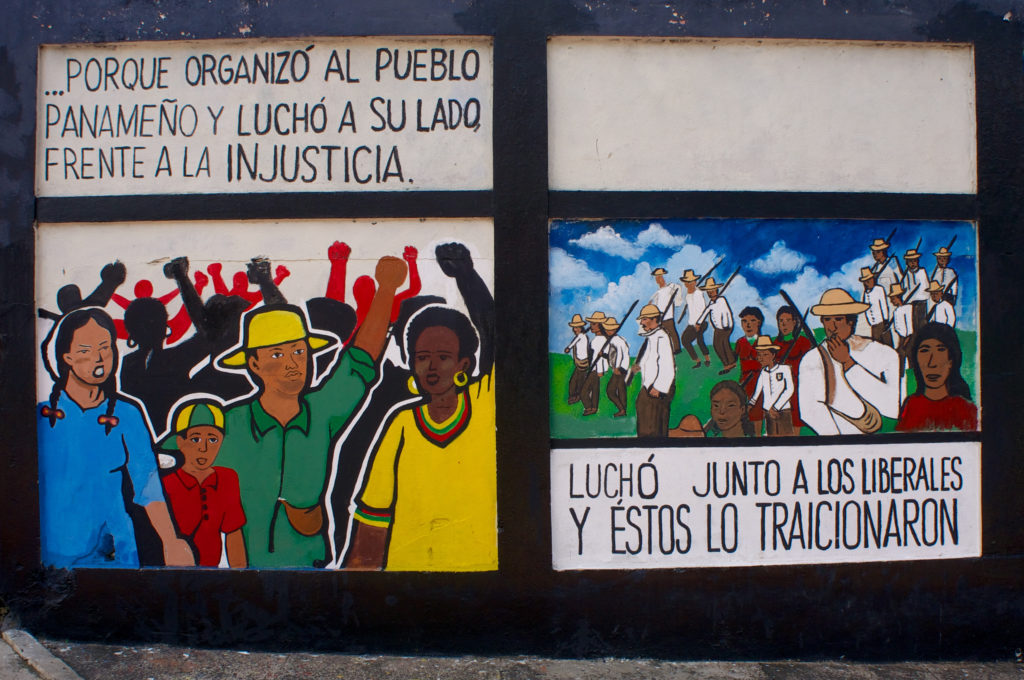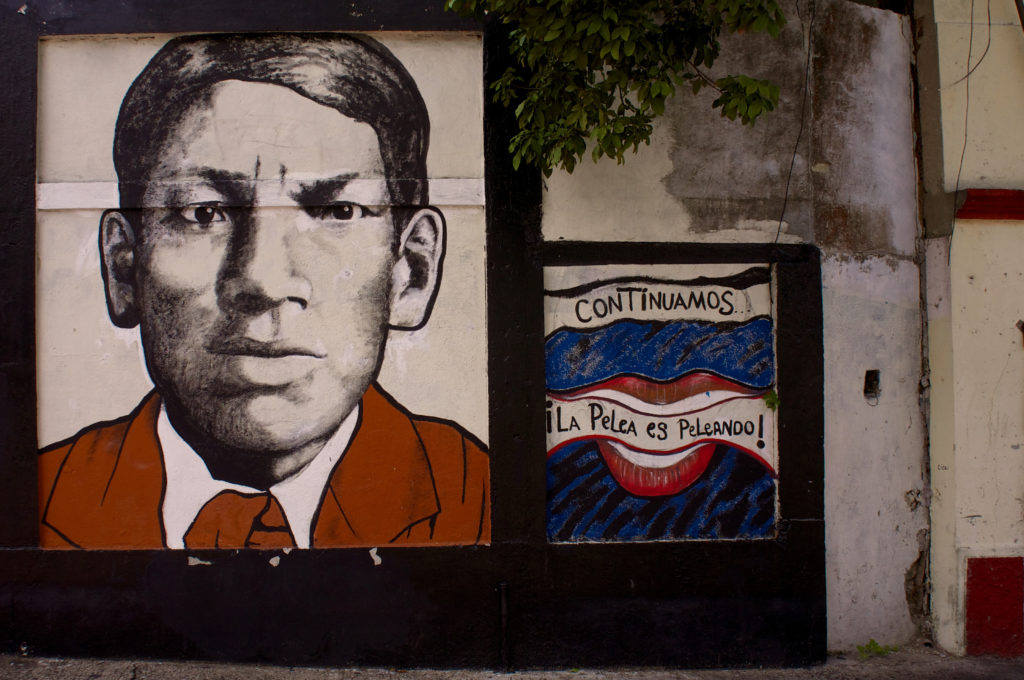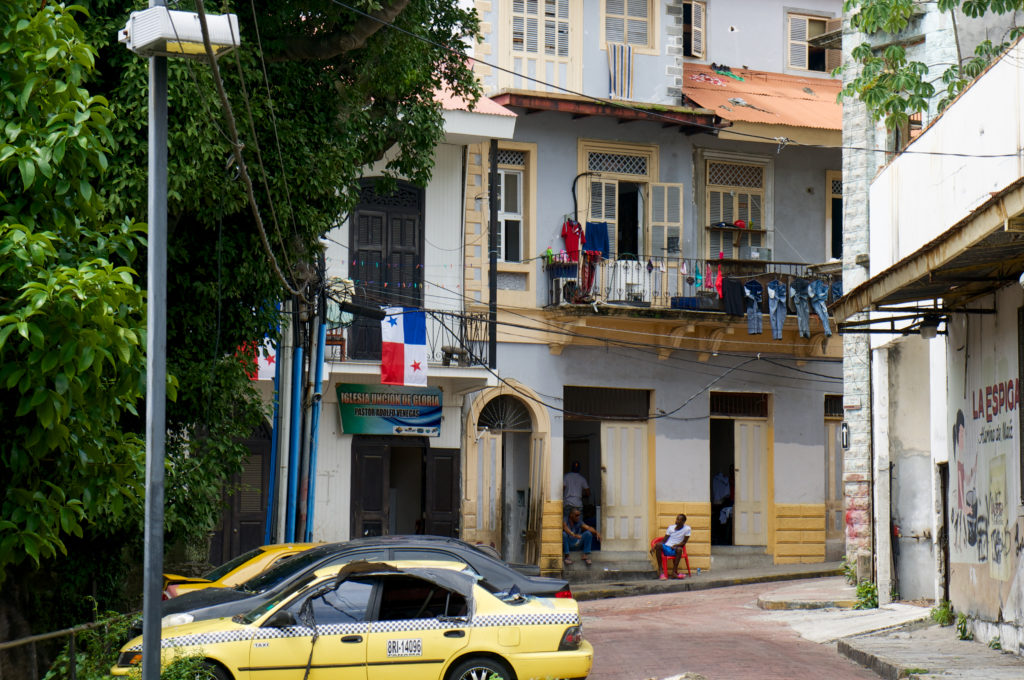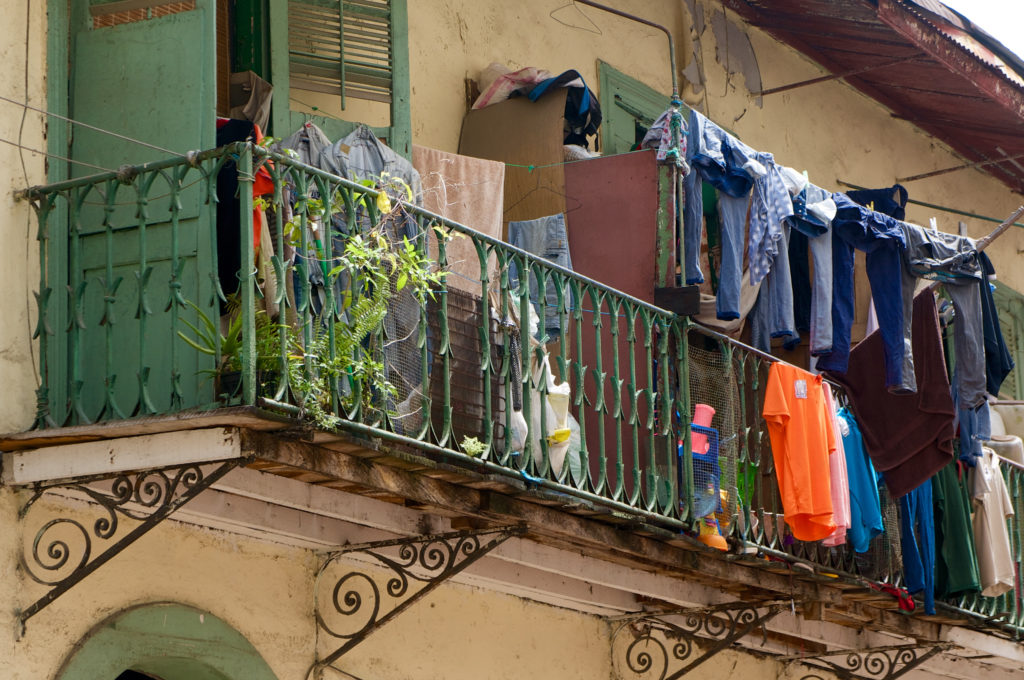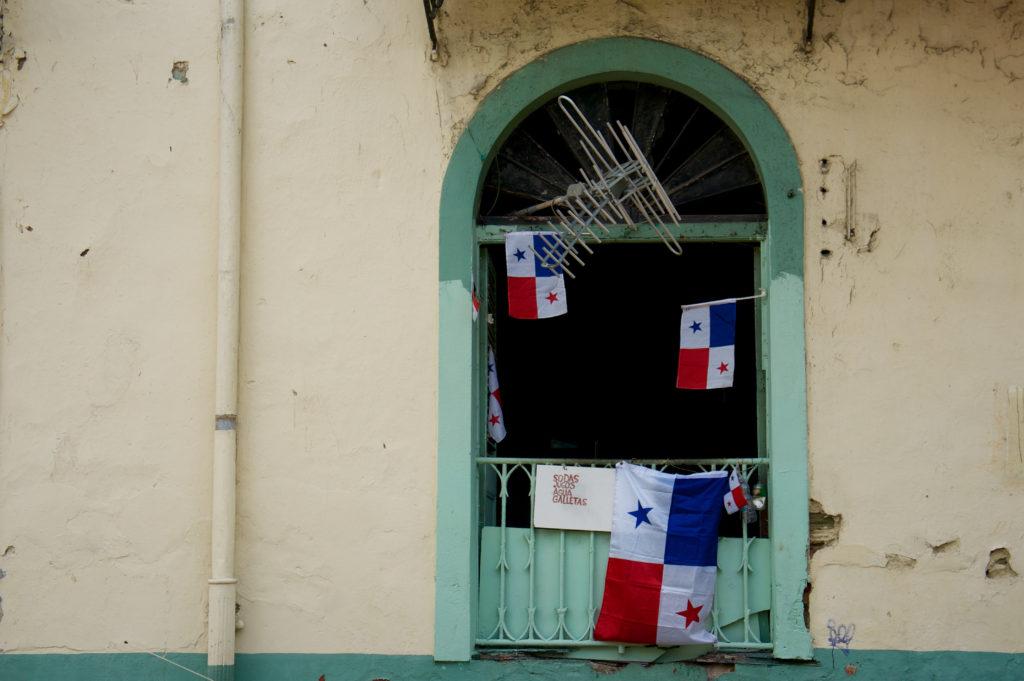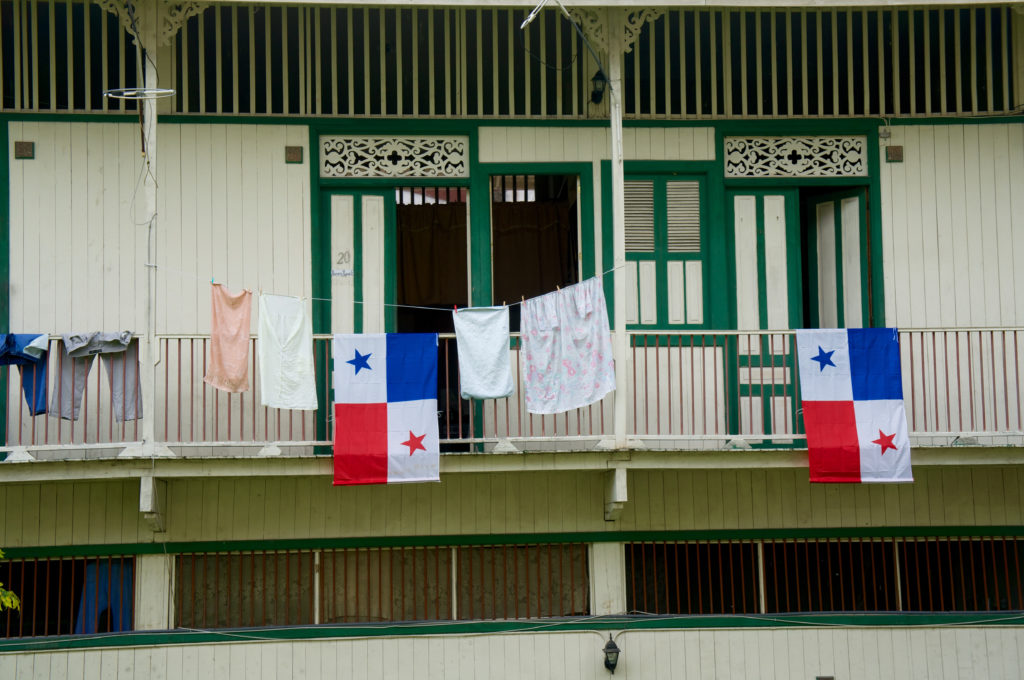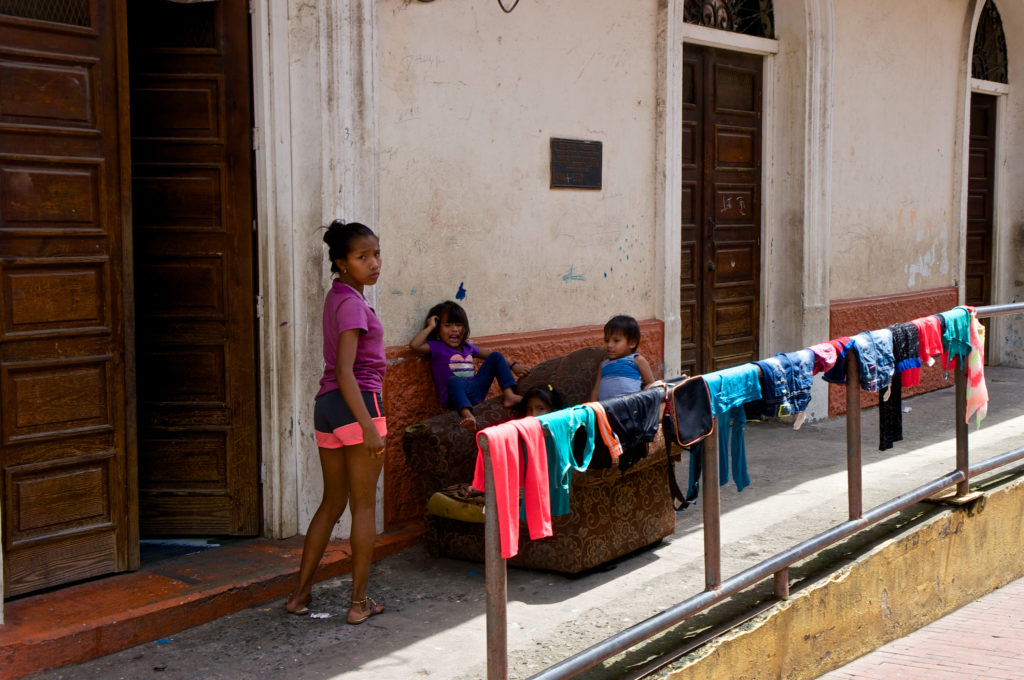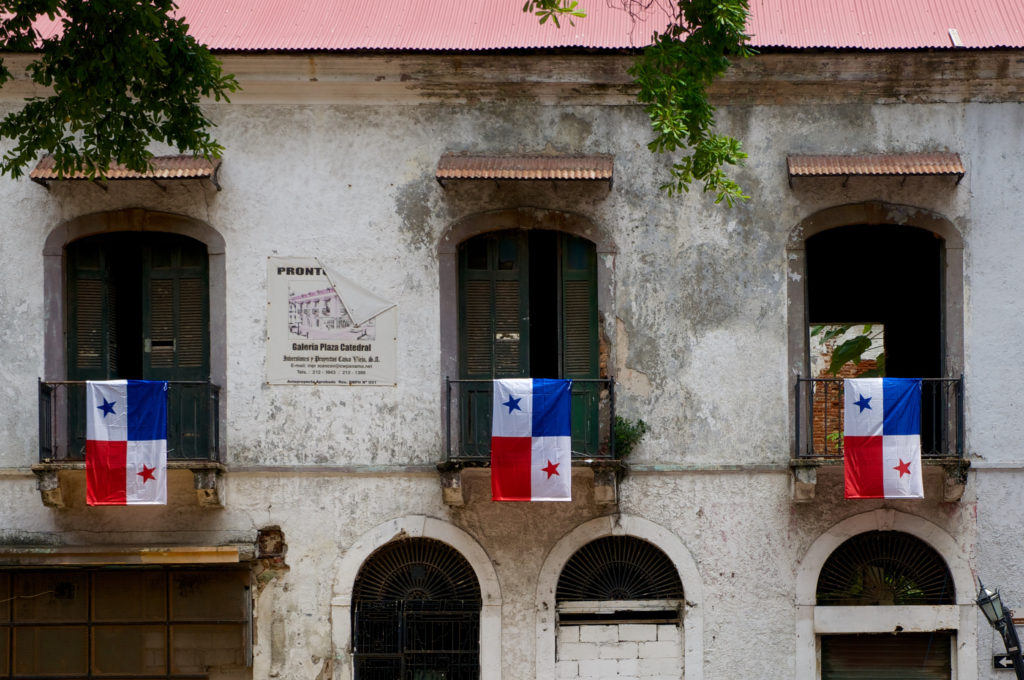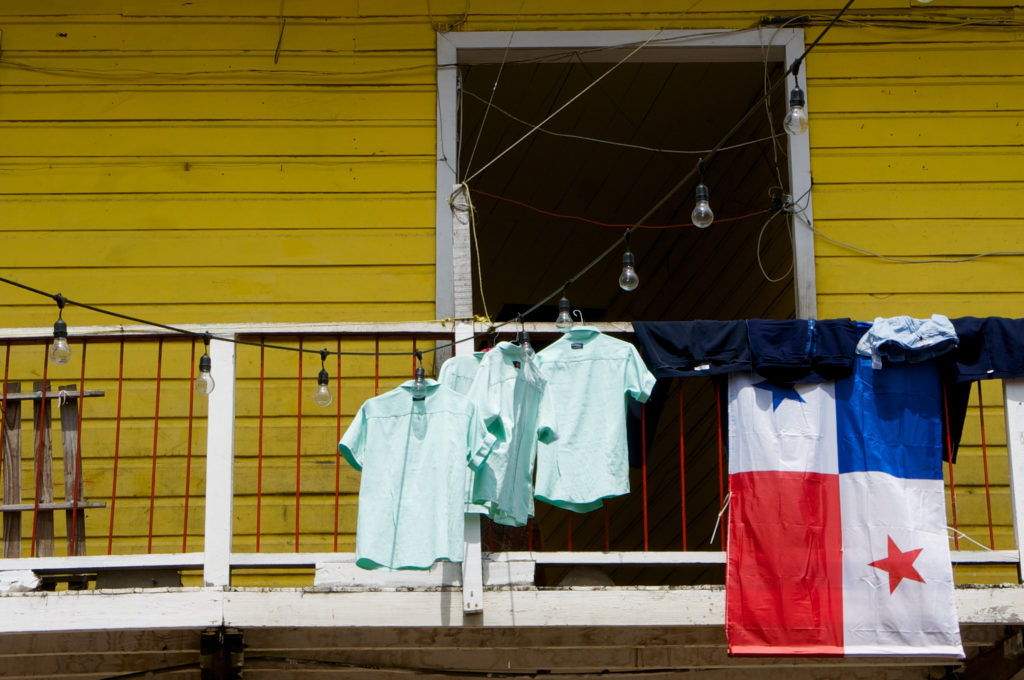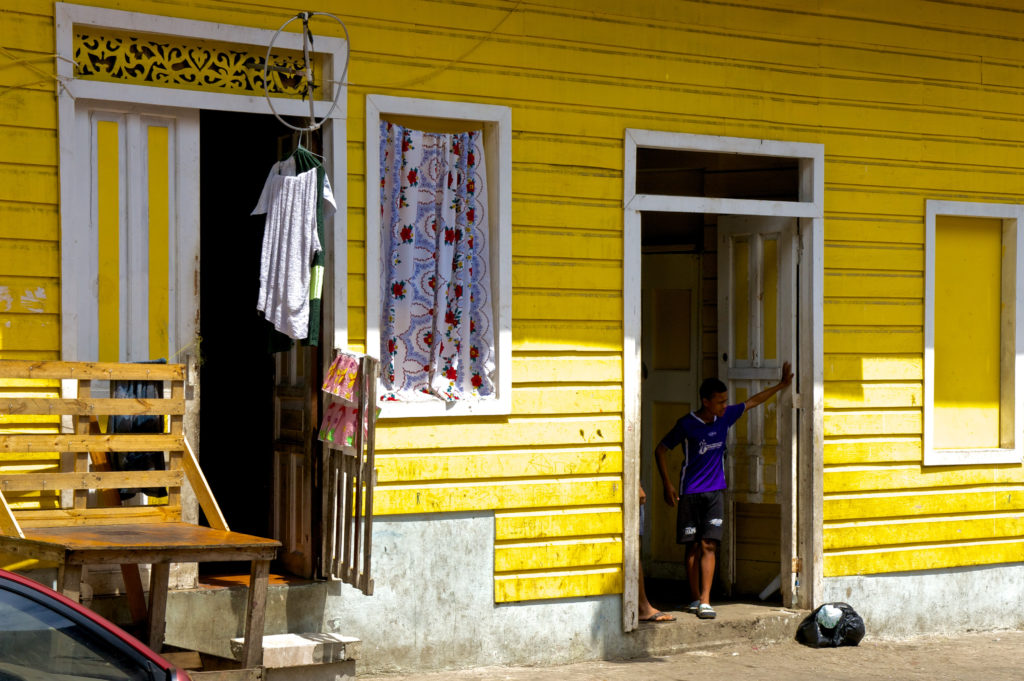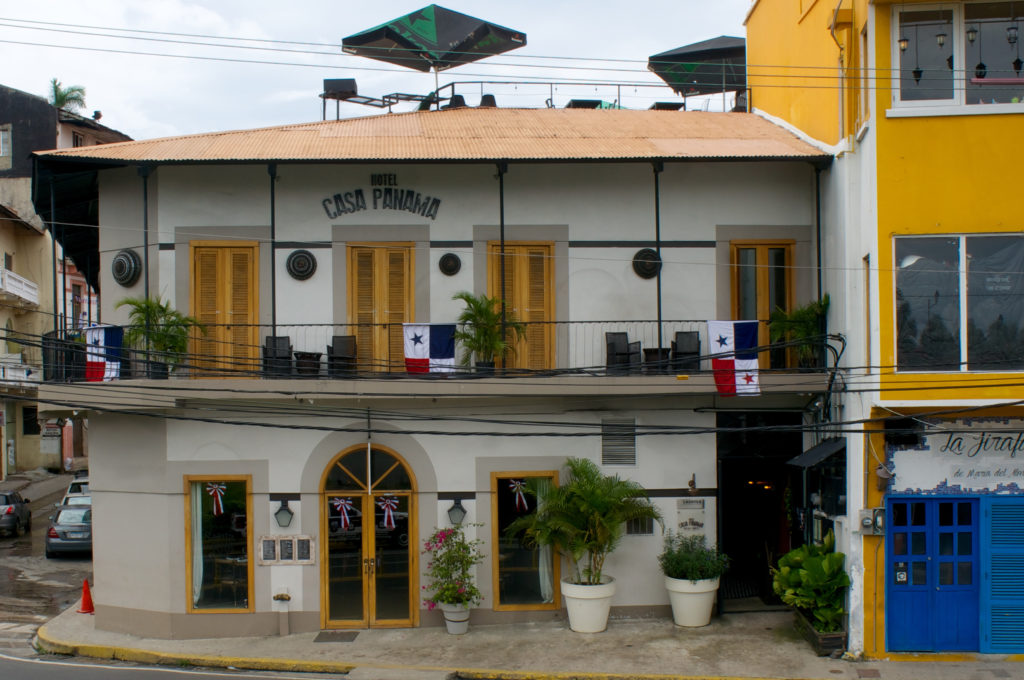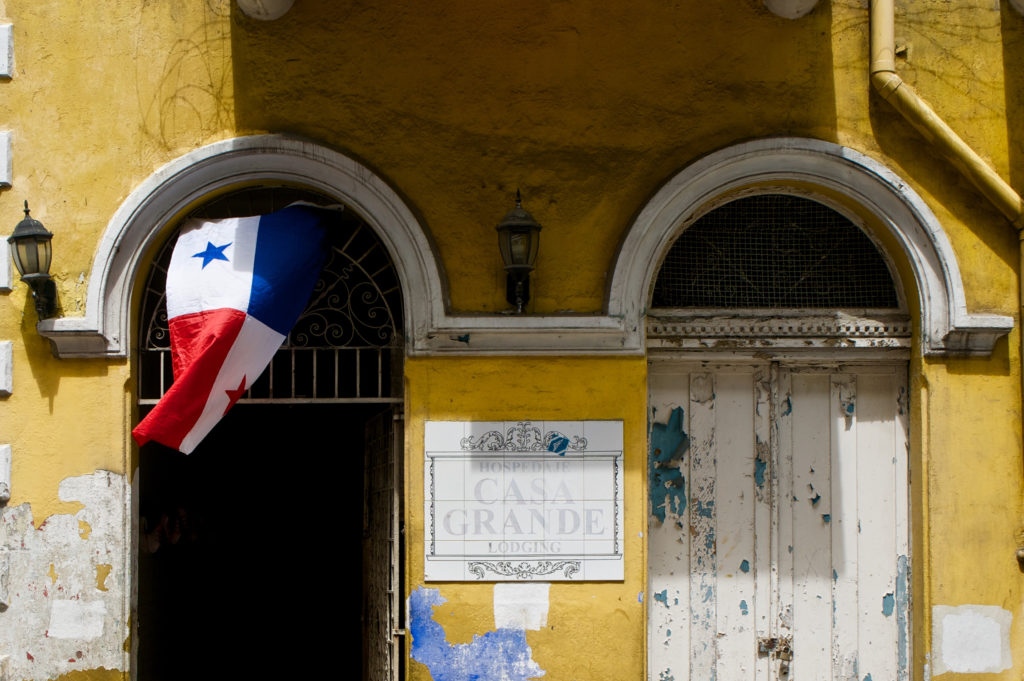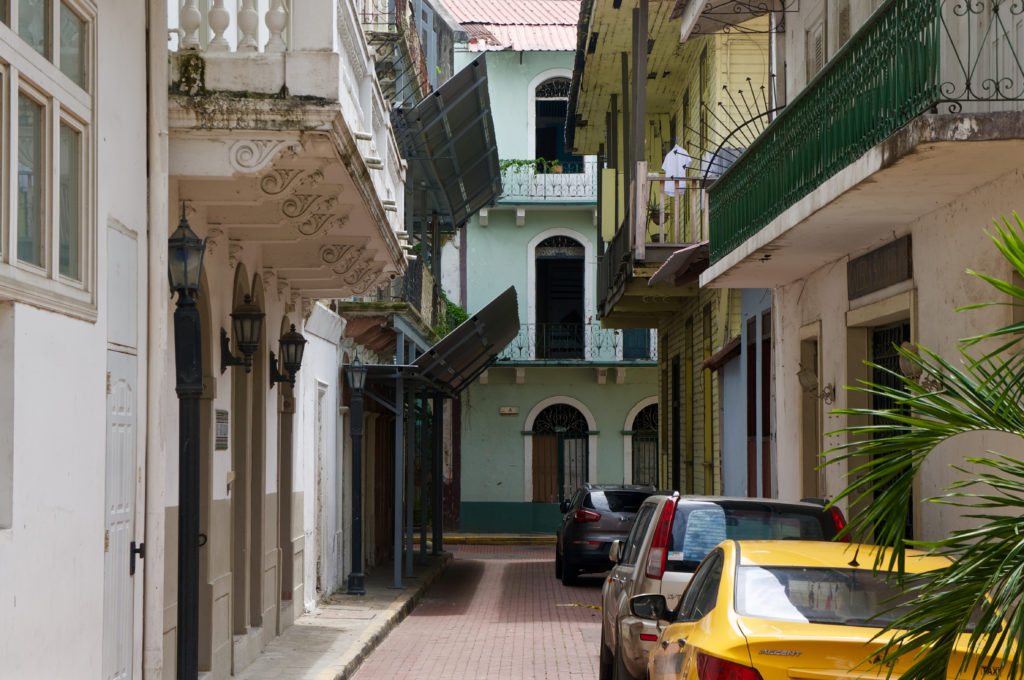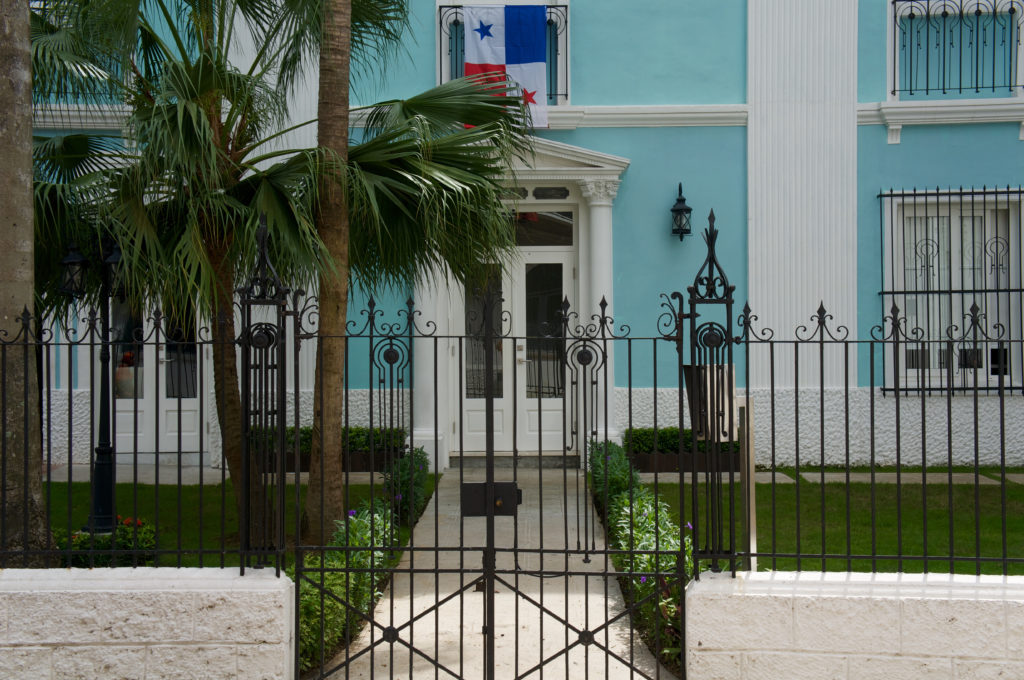Imagine you blew up a contemporary glass, concrete, steel building. Then imagine you stacked the rubble and painted the roof fragments in the kinds of bright primary colors you find in a kindergartener’s crayon box. Then you would have some idea how the BioMuseo in Panama City looks from the outside.
The building was designed by Frank Gehry. It’s the real star exhibit of the museum. It has a jaunty, child-like look. It’s dramatic and pleasing to the eye.
The building houses a didactic museum — it’s intended to teach you something. What is has to teach (the importance of biodiversity) is vital to know. The experience of walking through the museum is like walking through a book. You learn a lot as you go through the pages.
The museum’s book-like method of delivering information, though, is its chief weakness. So much of what it has to teach is rendered in words, not exhibits, objects, hands-on displays, or even interesting photos. This is, in effect, a natural history museum, and so I compare it against the best of that genre. And by that measure, it comes up short.
Yes, there are fossils and bones. There is a cool ten-minute video presentation on screens that surround you. There are white plaster representations of animals. Very occasionally, there is some kind of interesting artifact – an earthquake measuring device, a notebook kept by a scientist who was cataloging insects, etc. But these are few and far between. There are many plaques and walls to read and the items that accompany them are disappointing. Most kids would be bored by the place and even adults would find little reason to visit more than once.
There are numerous helpful guides who are all very eager to share information (in Spanish and English) about biodiversity. Still, most people don’t come to a museum for a lecture. The museum does have plans to expand into a wing that is, at this moment, relatively unused. And it seems that there is money behind the museum, so perhaps as it matures it will be able to fund some more engaging exhibits. The building itself is interesting to see and it conveys the messy chaos of nature quite well. But the funhouse atmosphere feels forced after awhile, especially when what’s inside the funhouse is just not all that stimulating.

